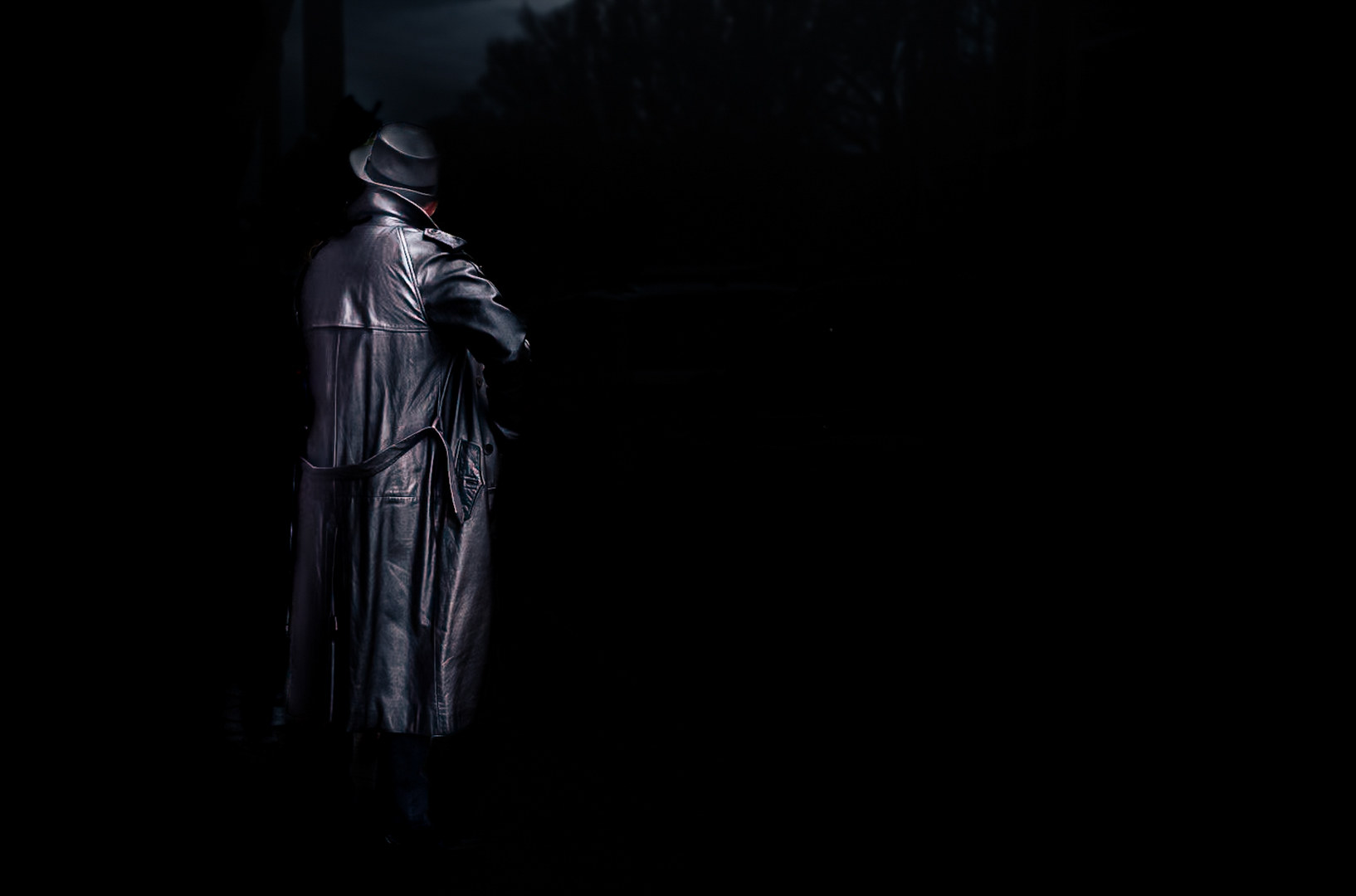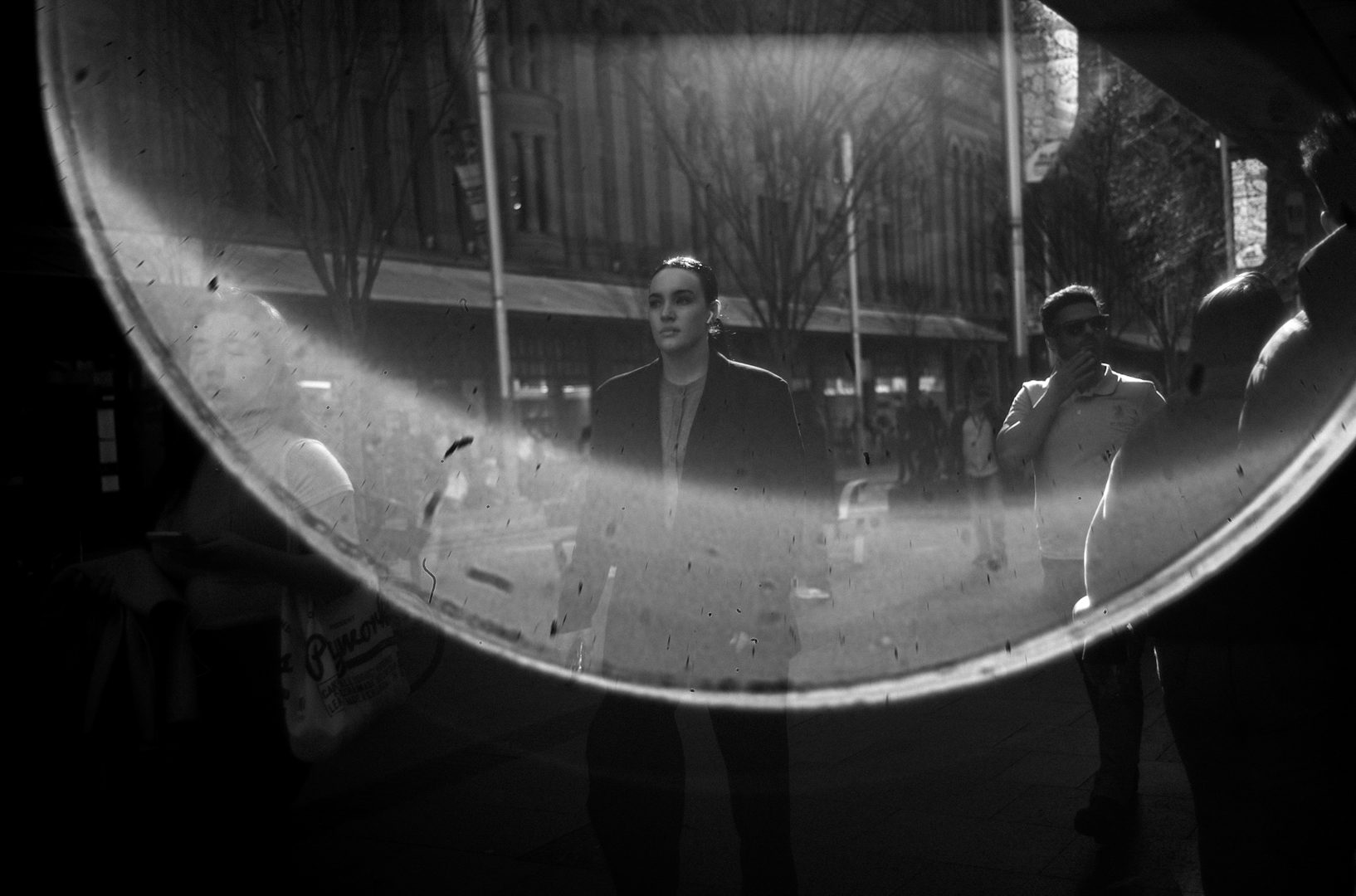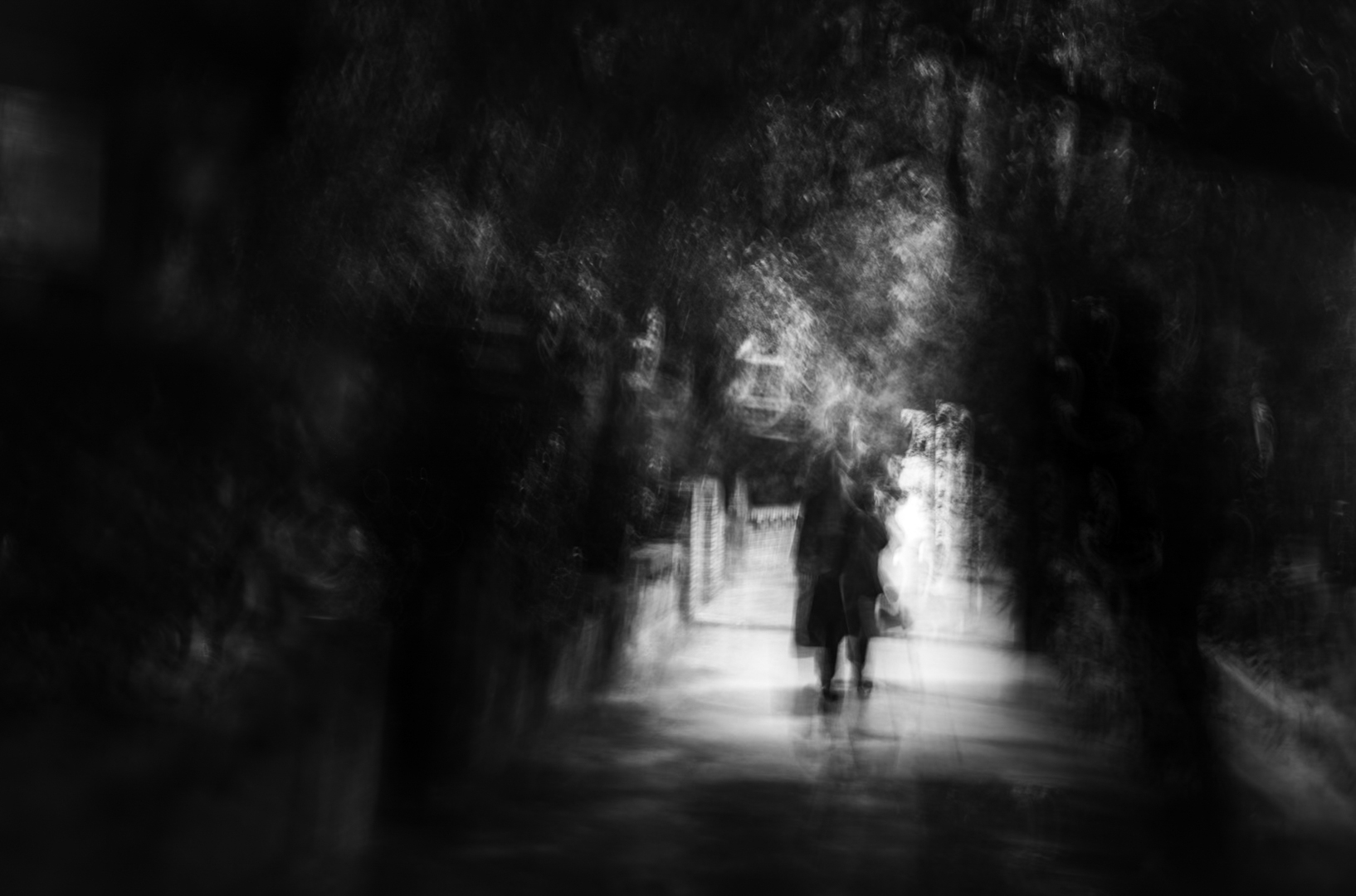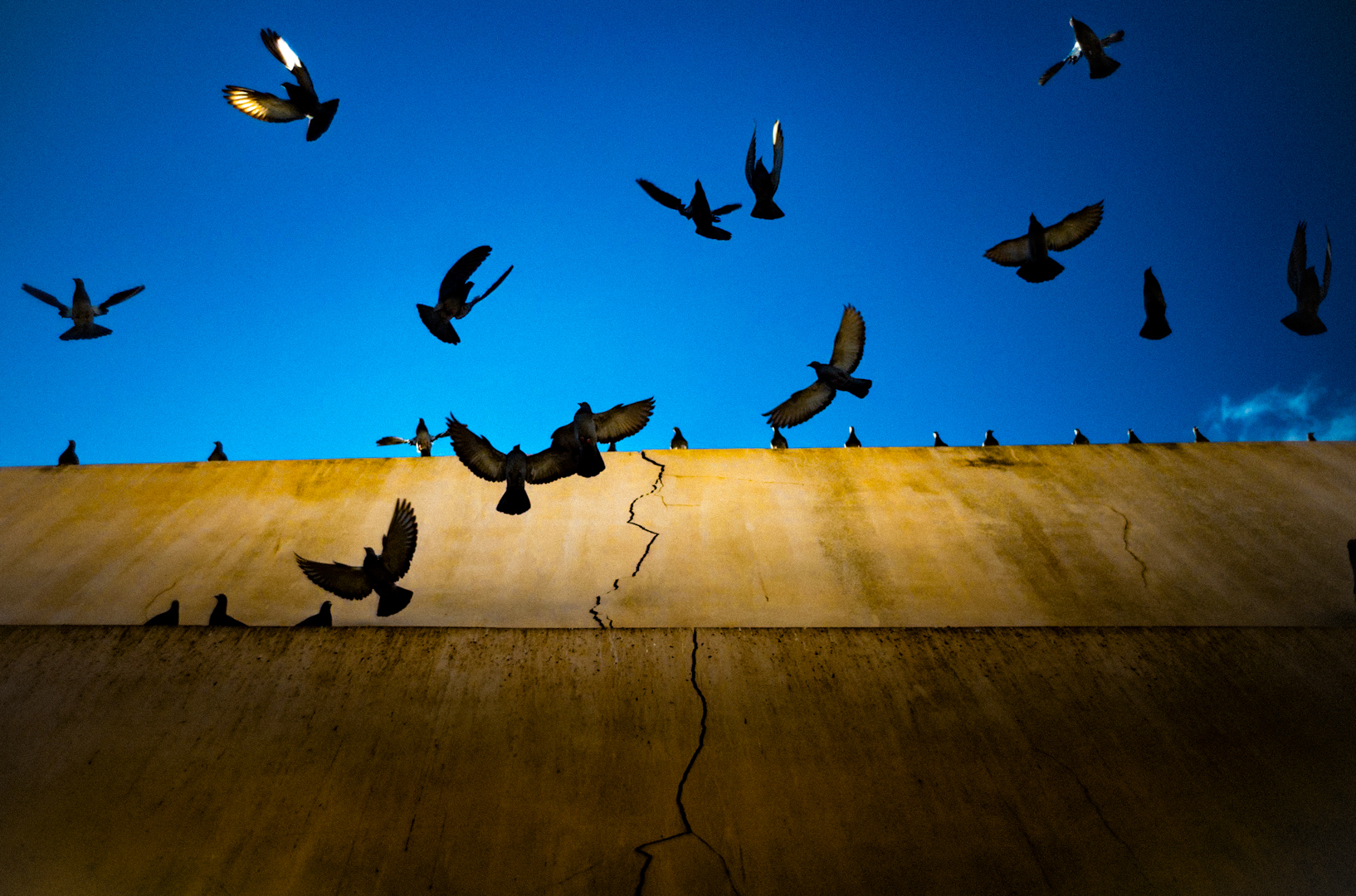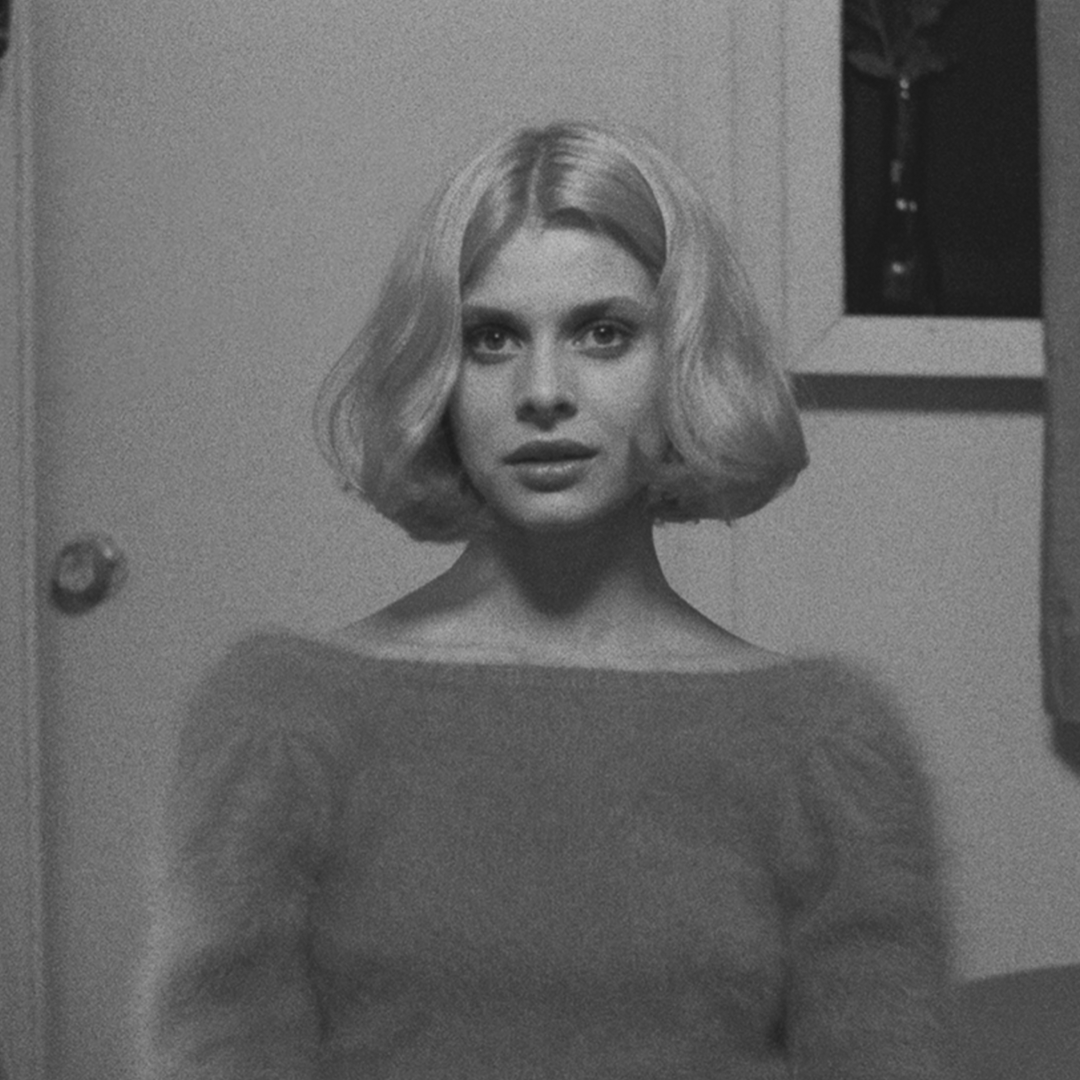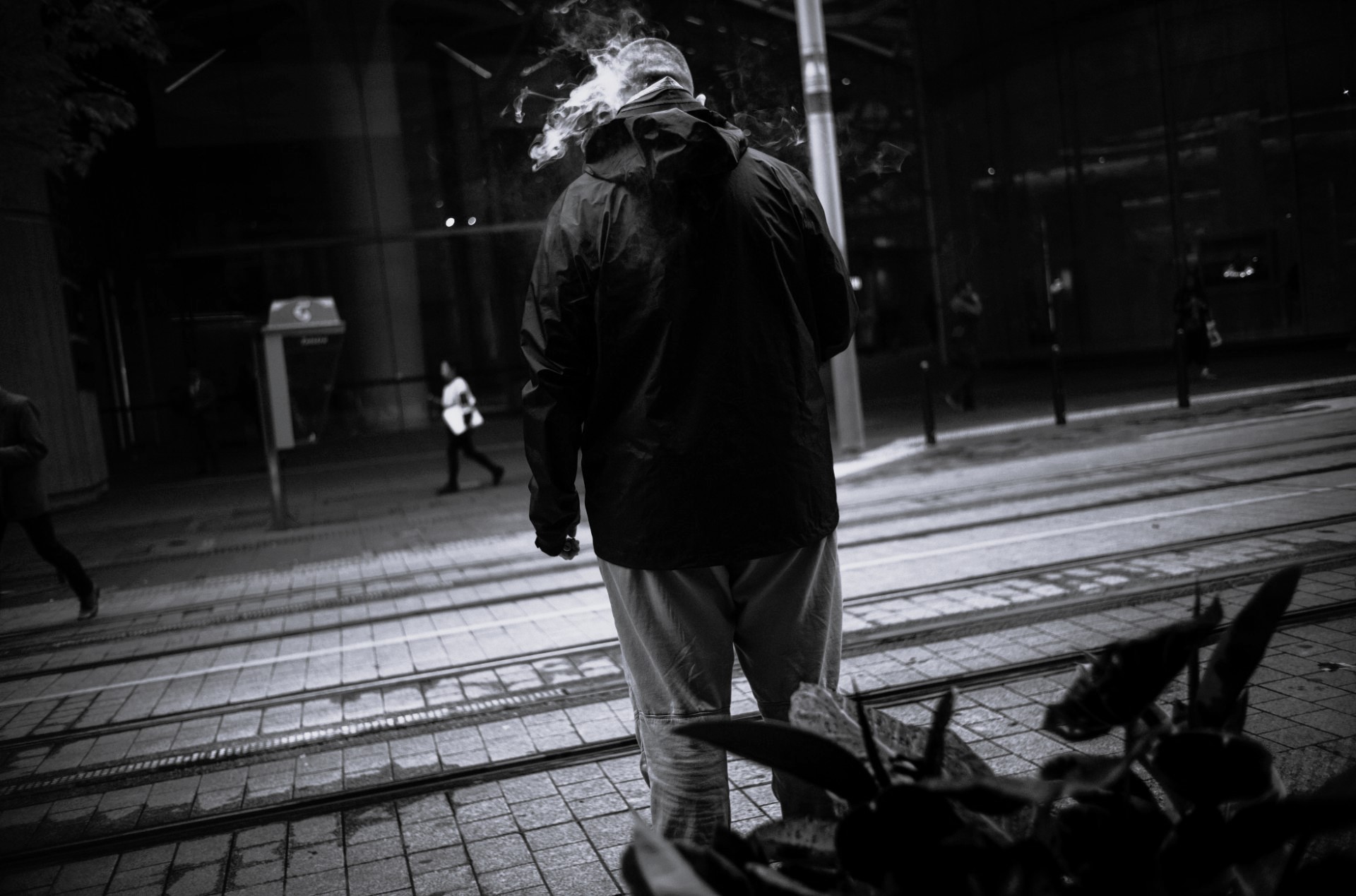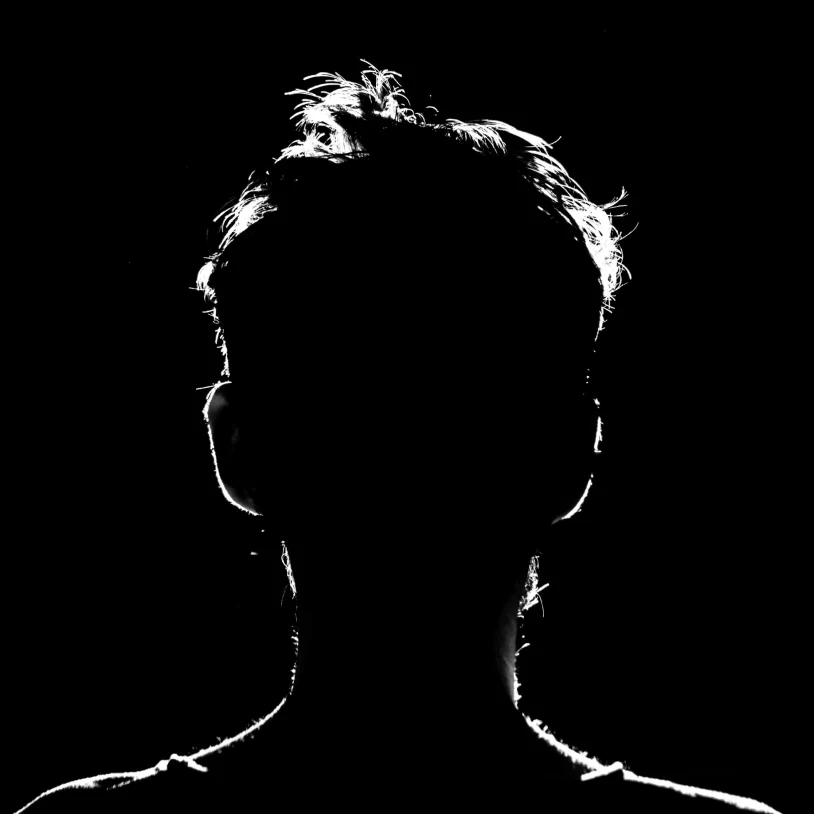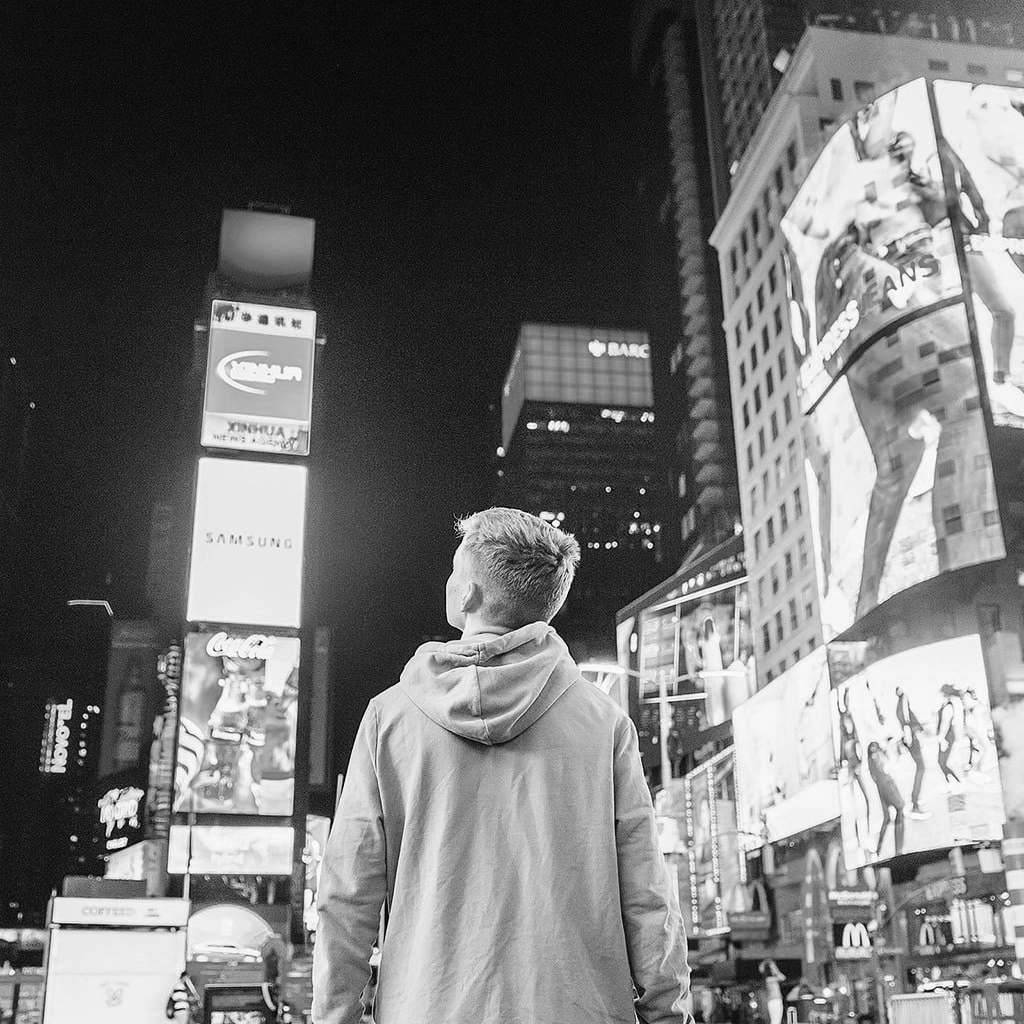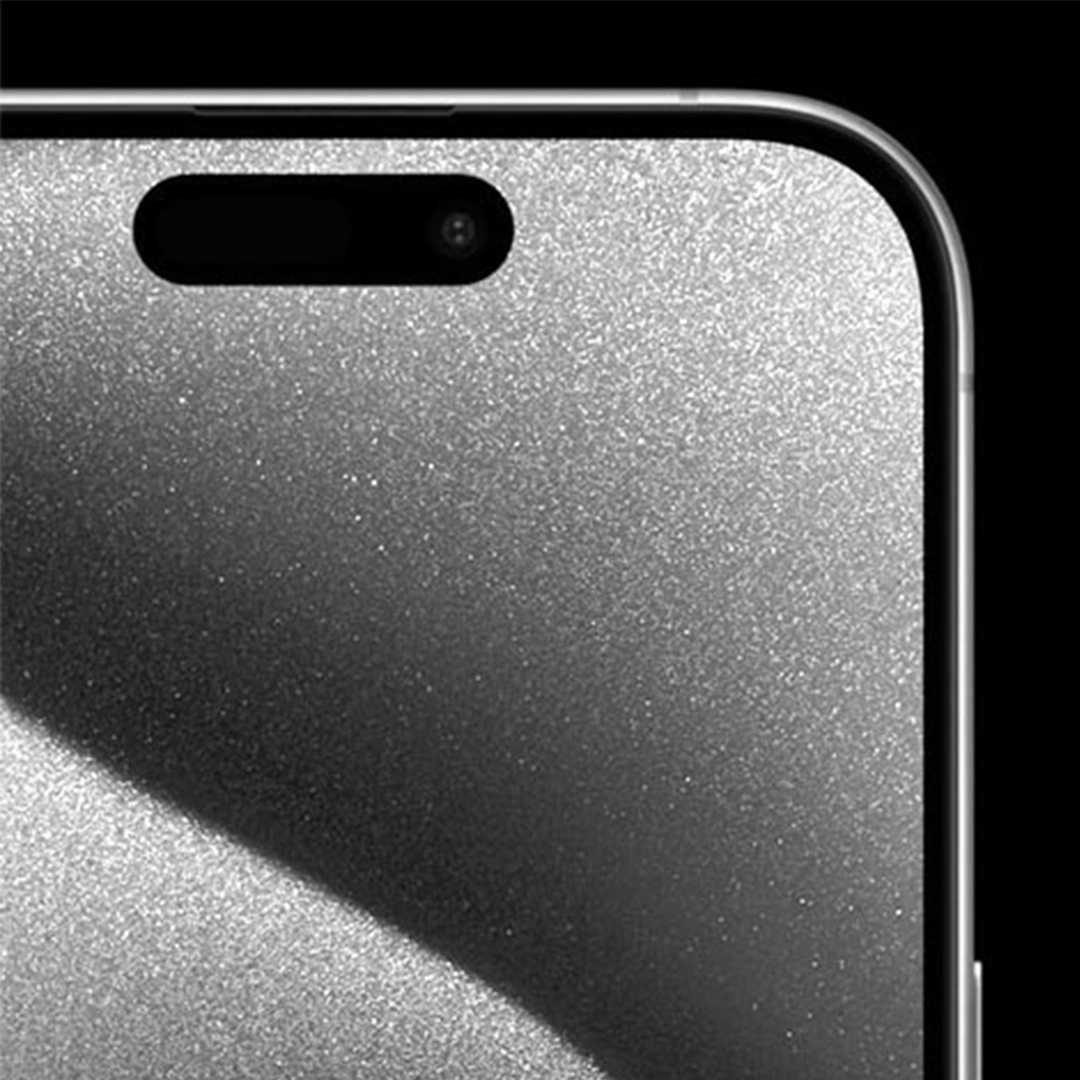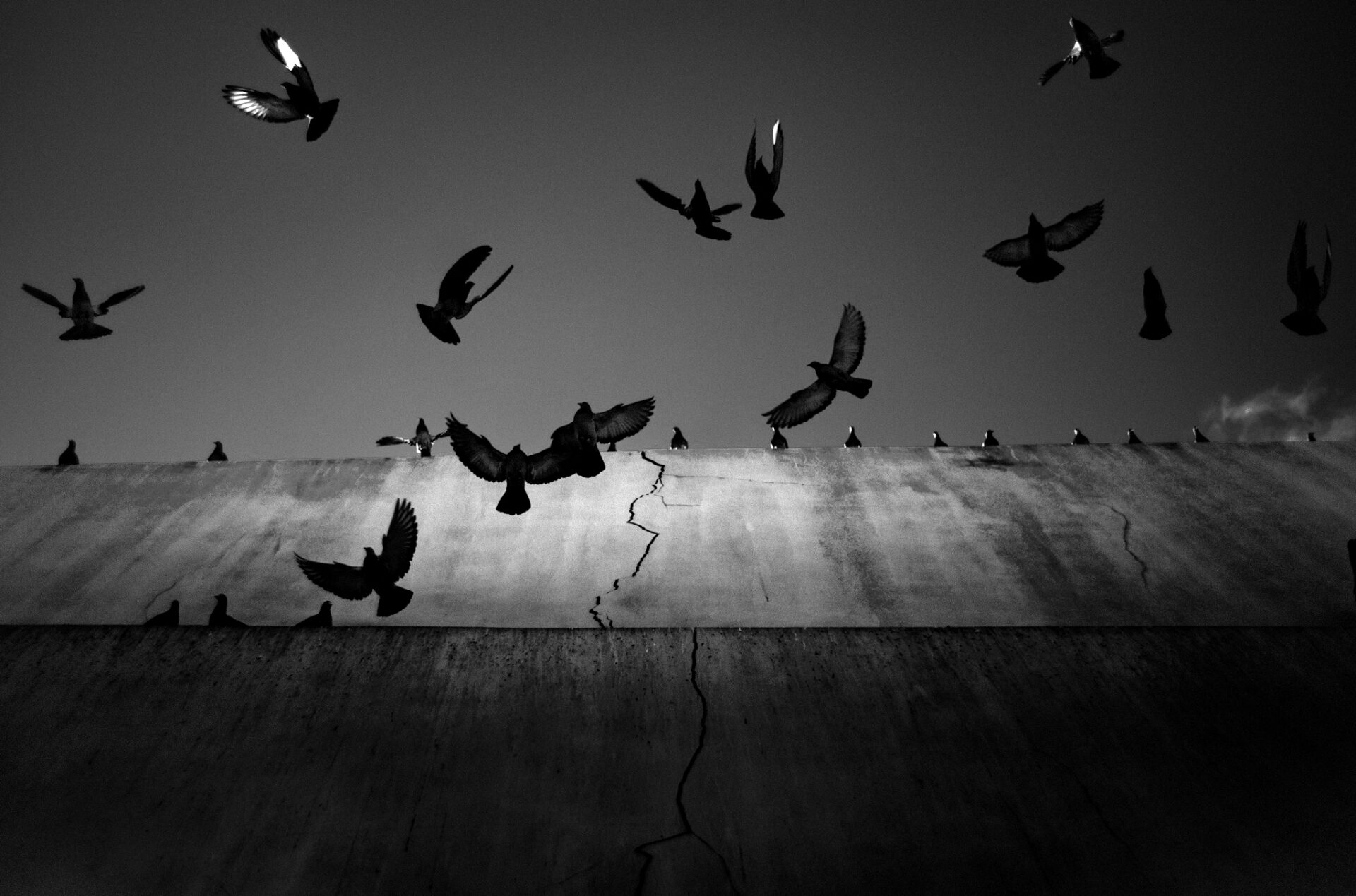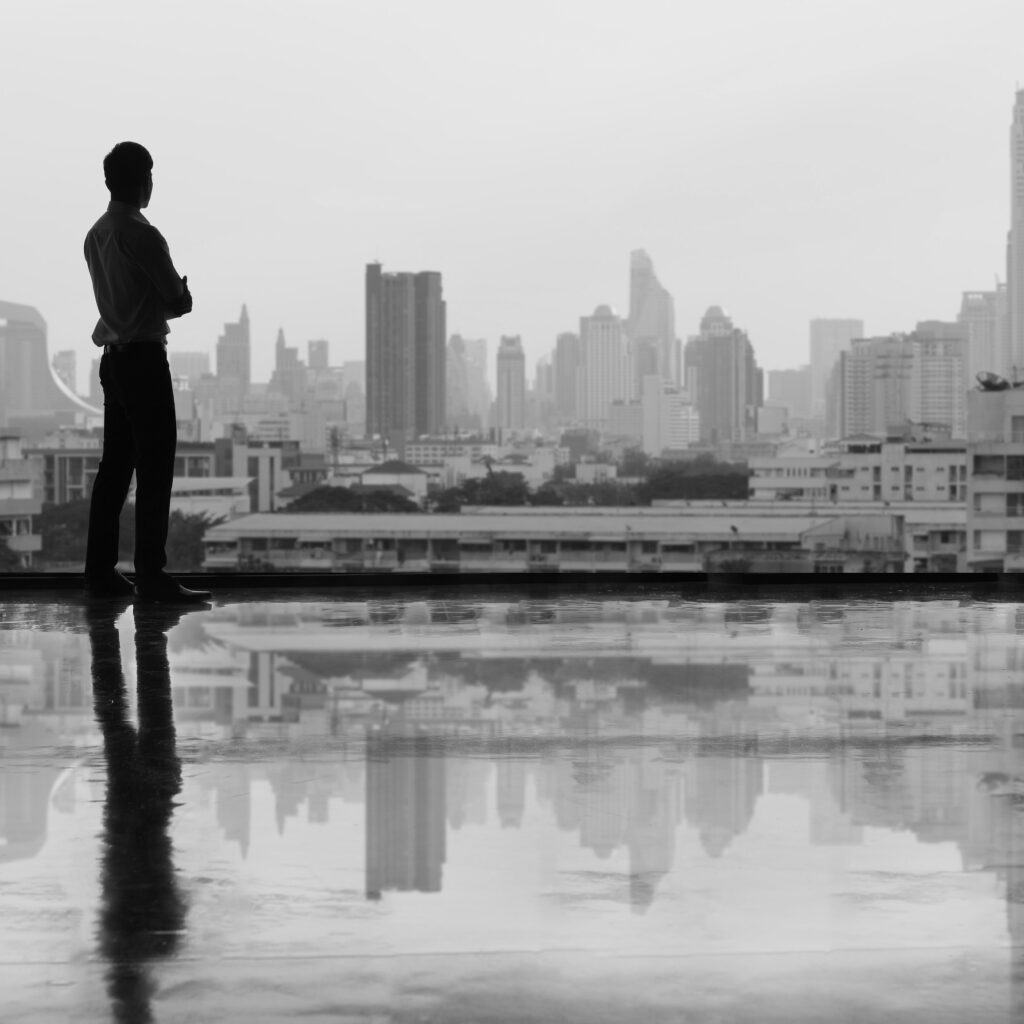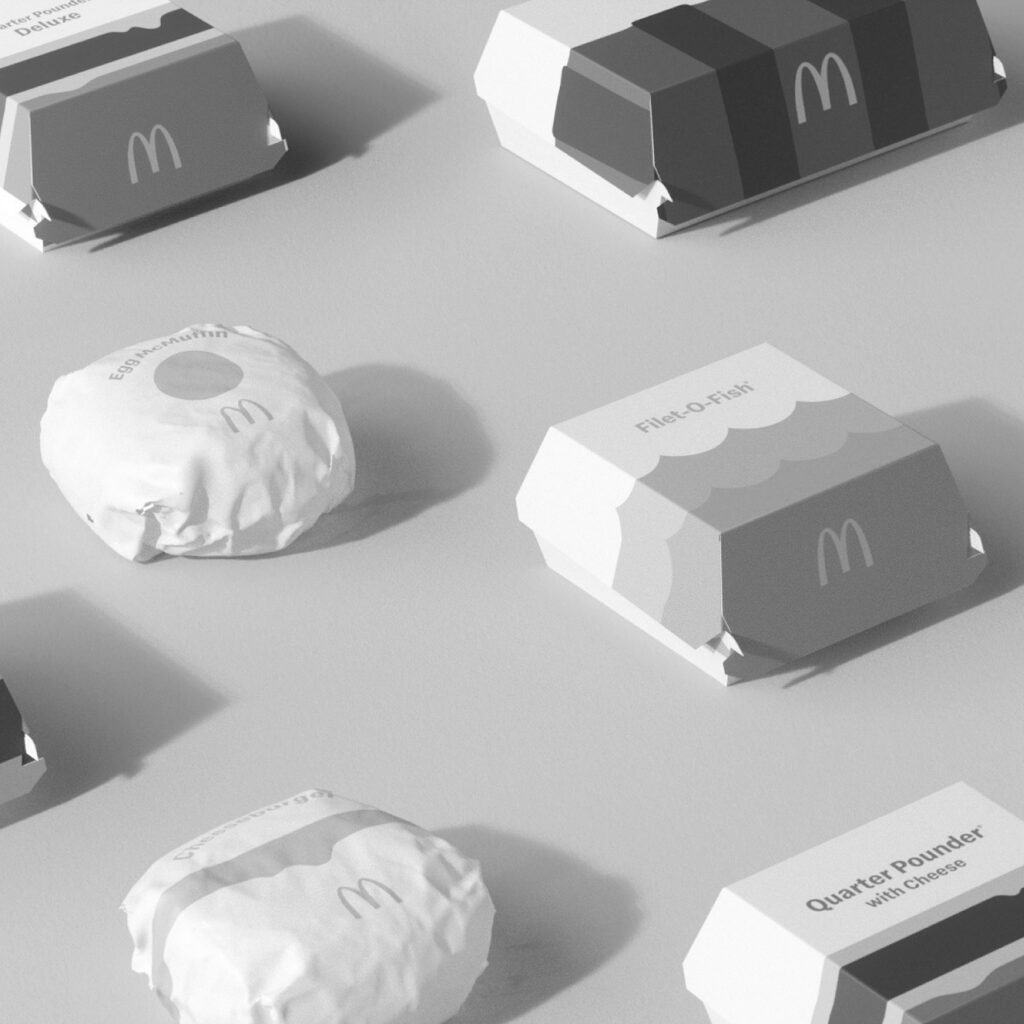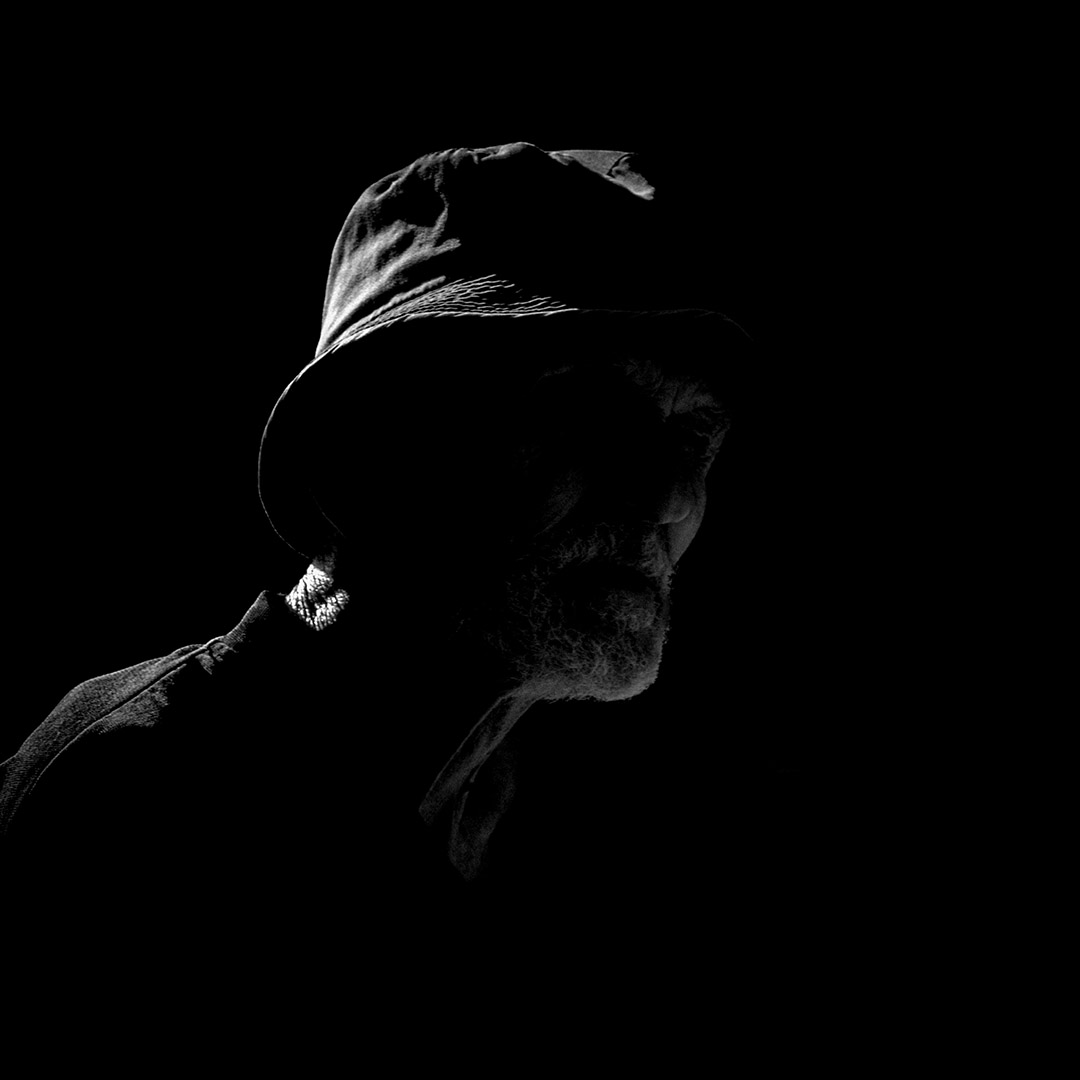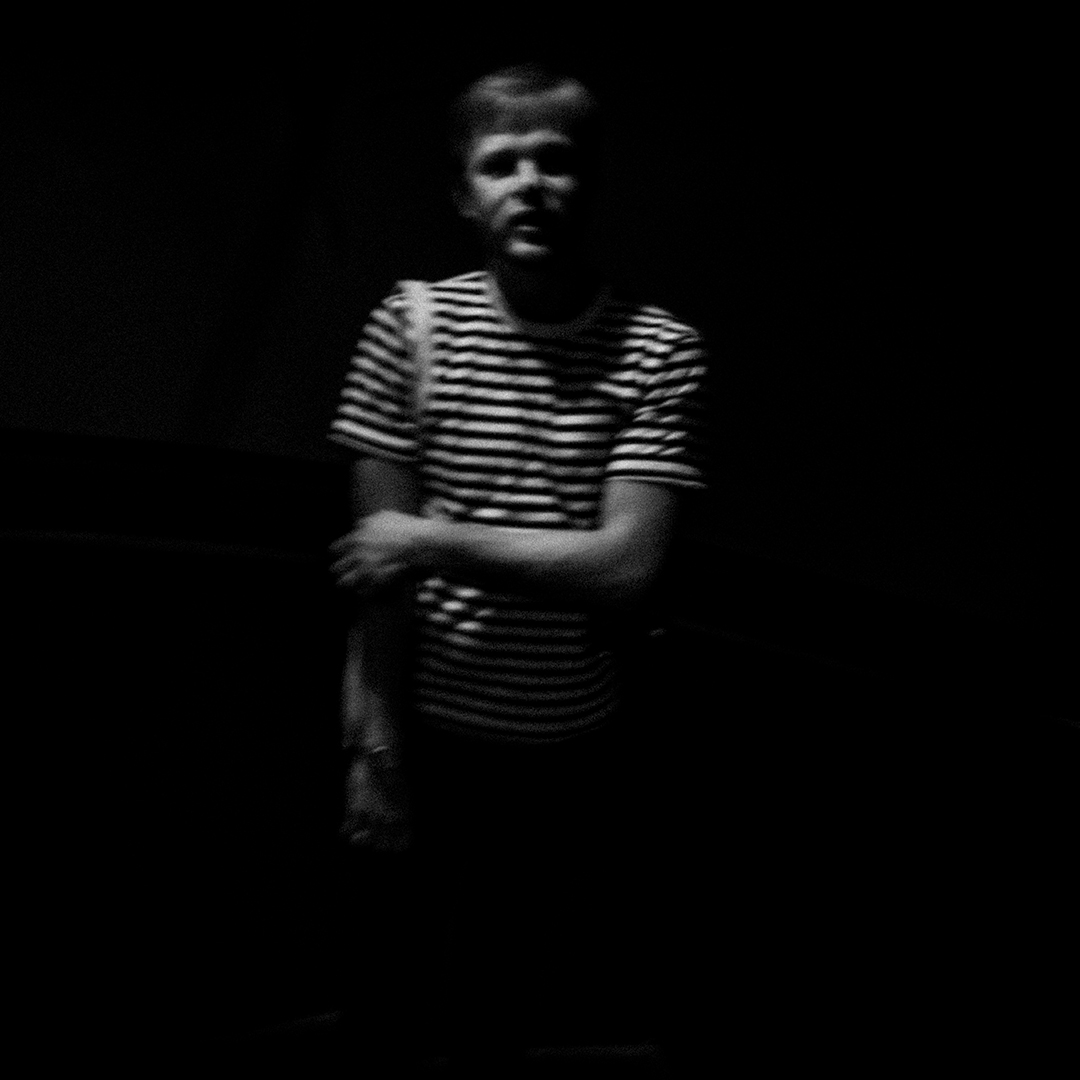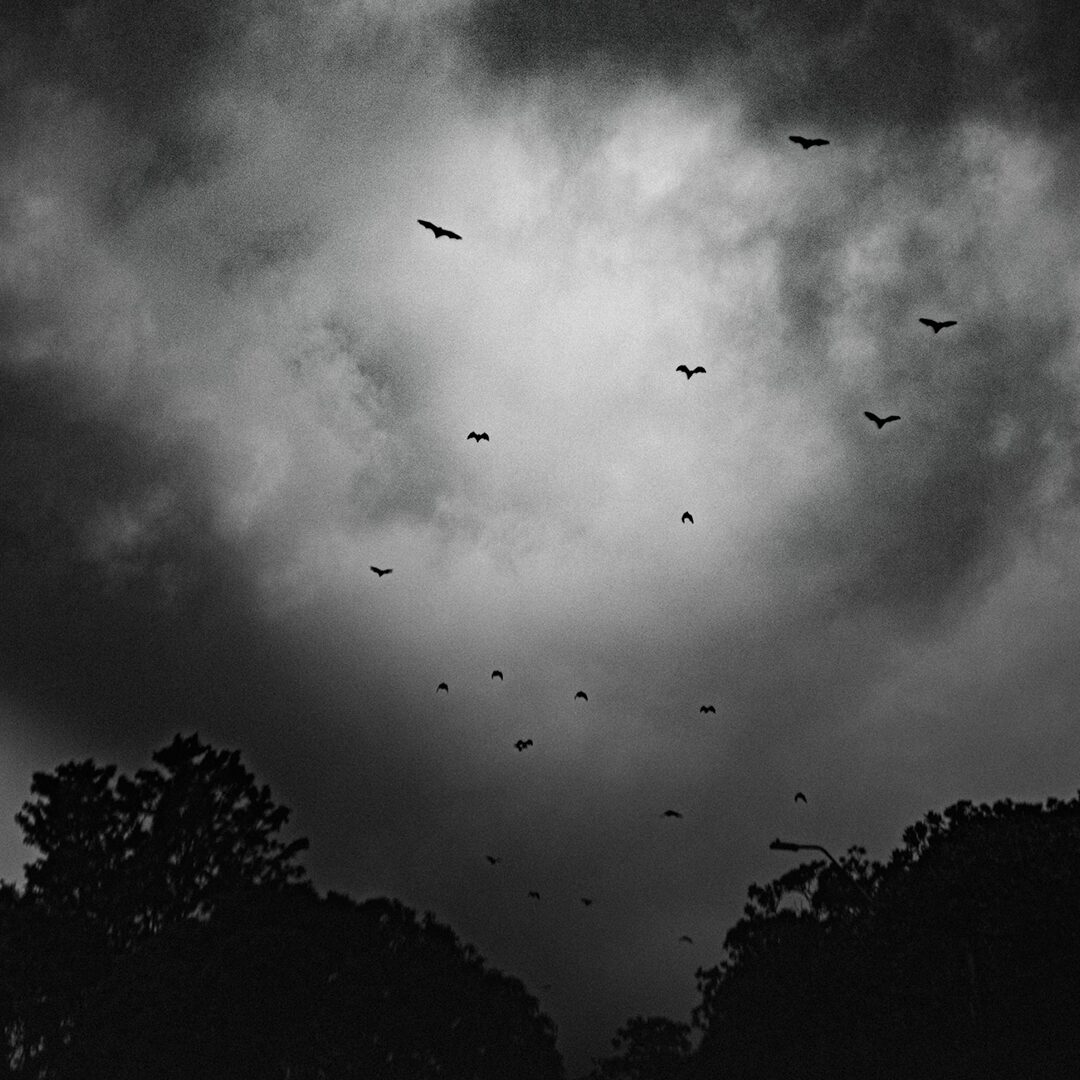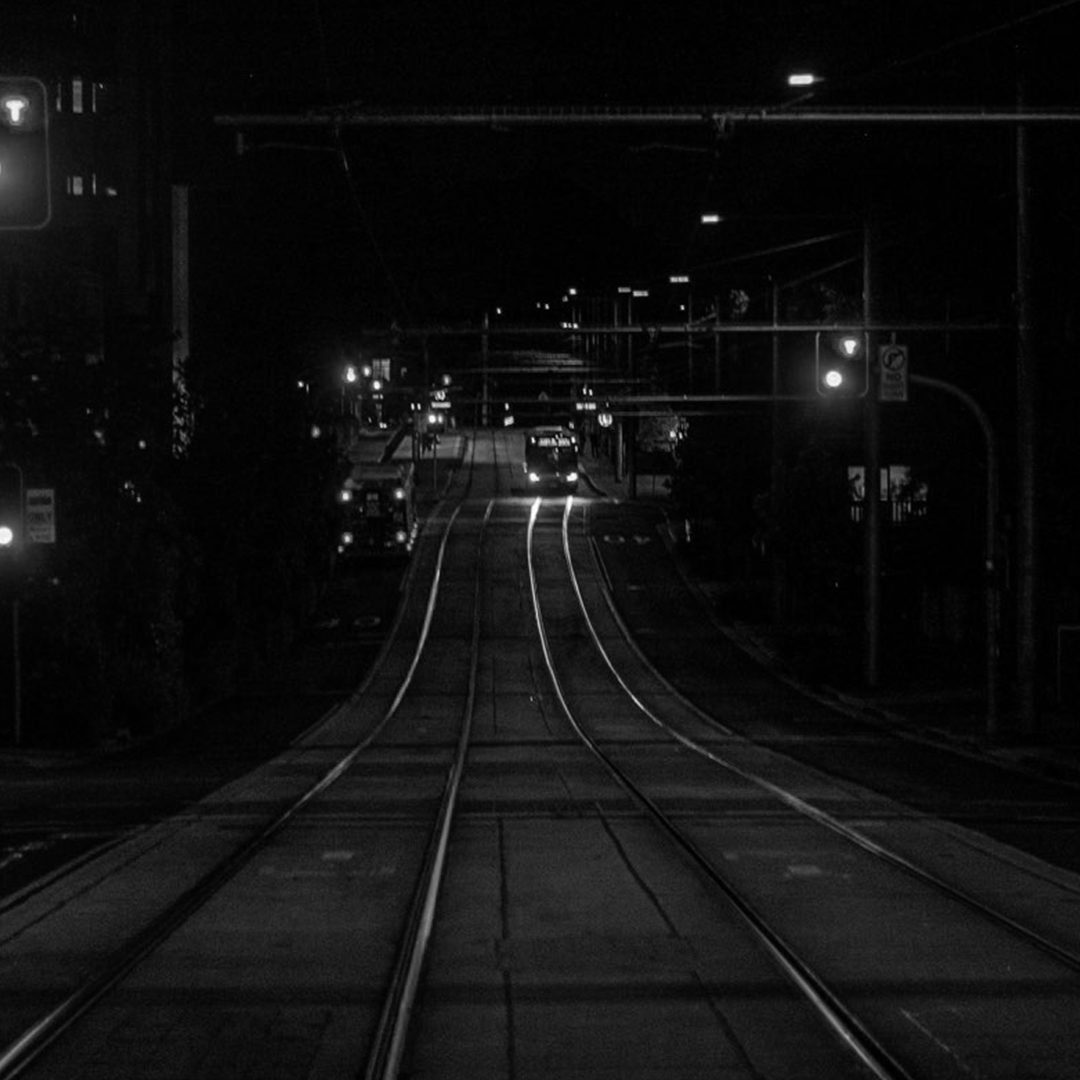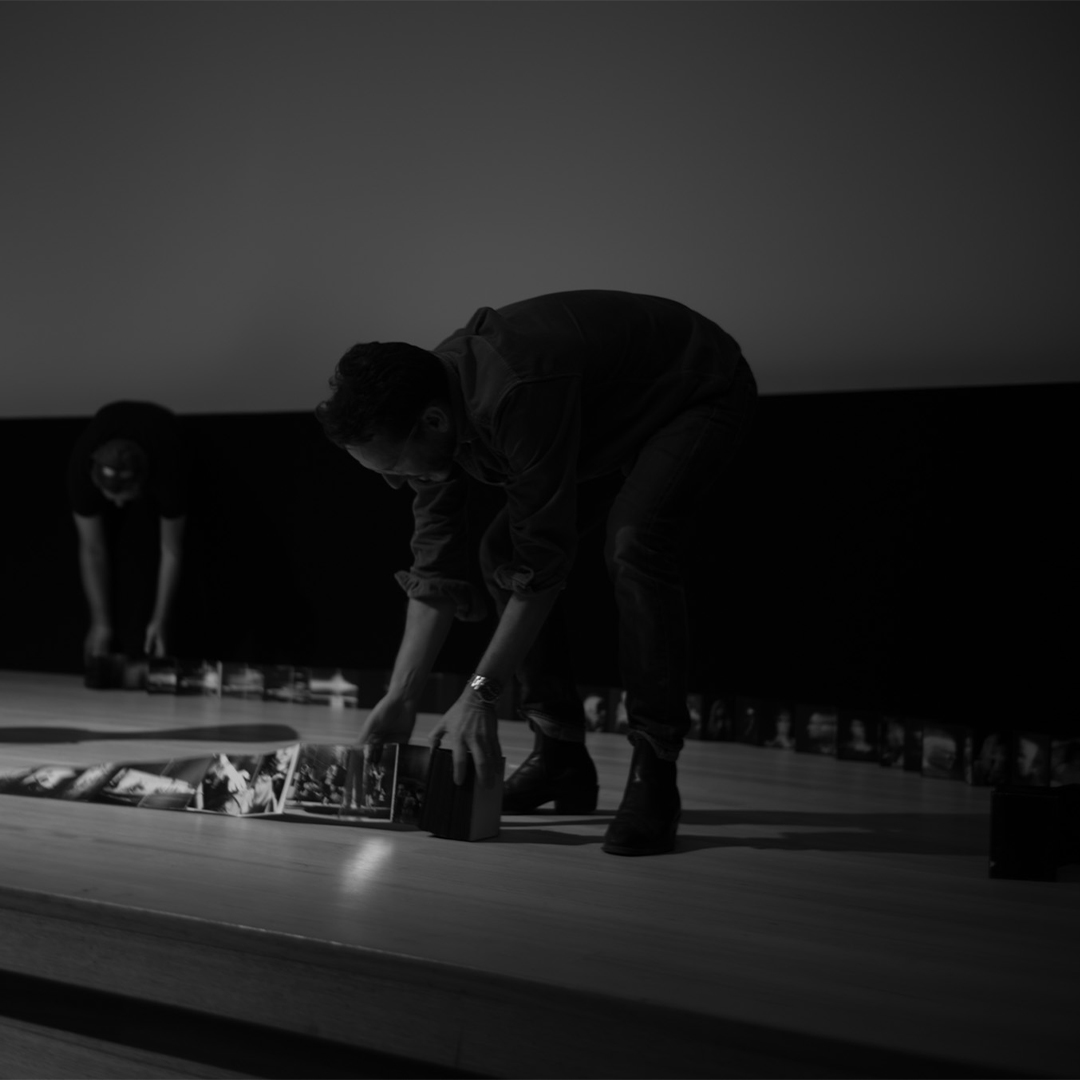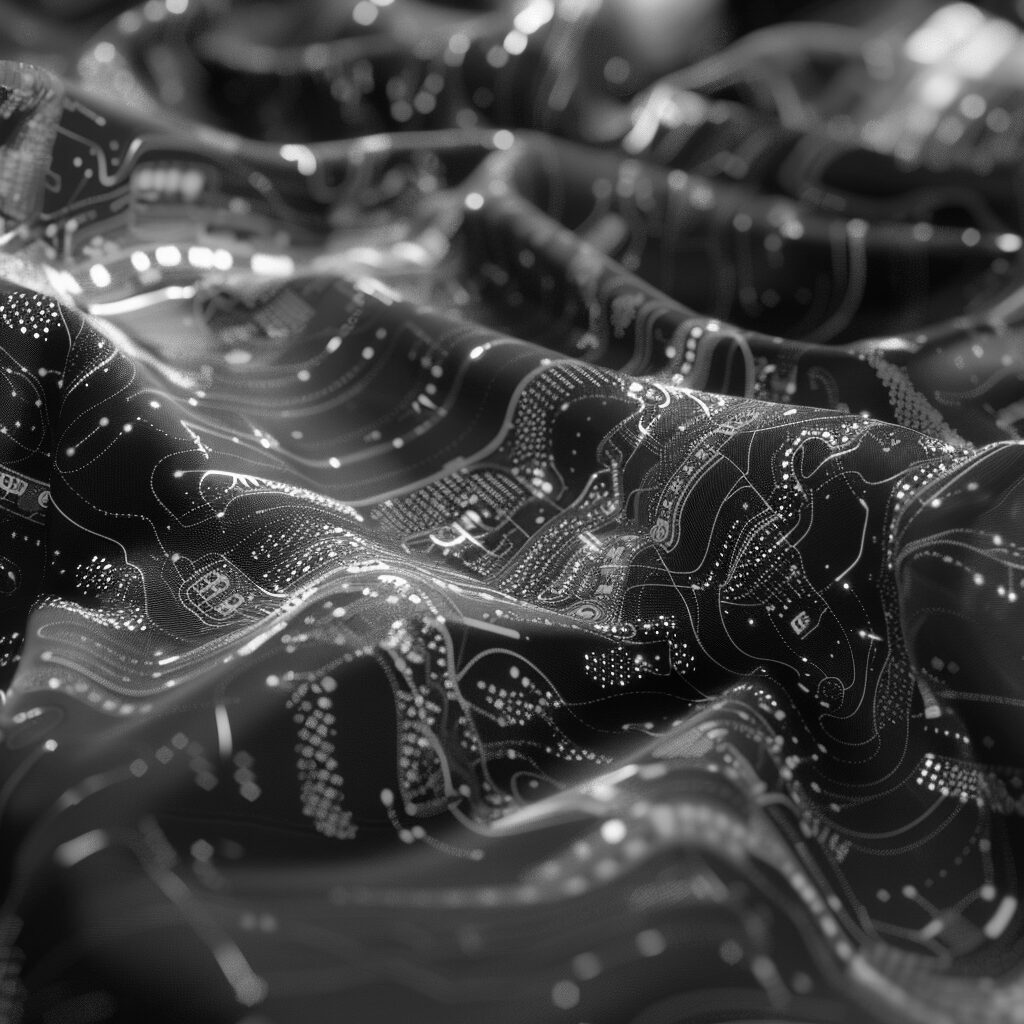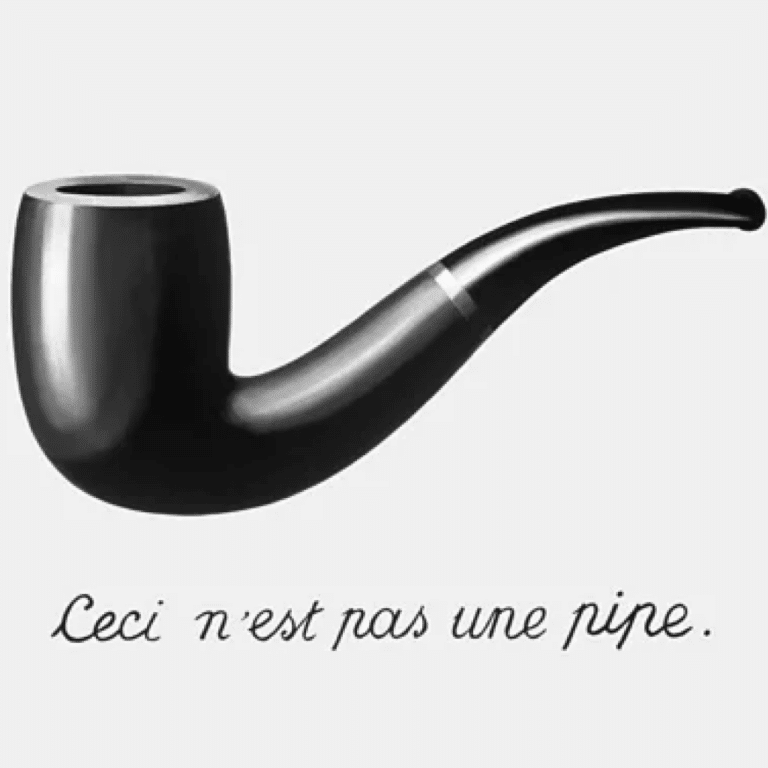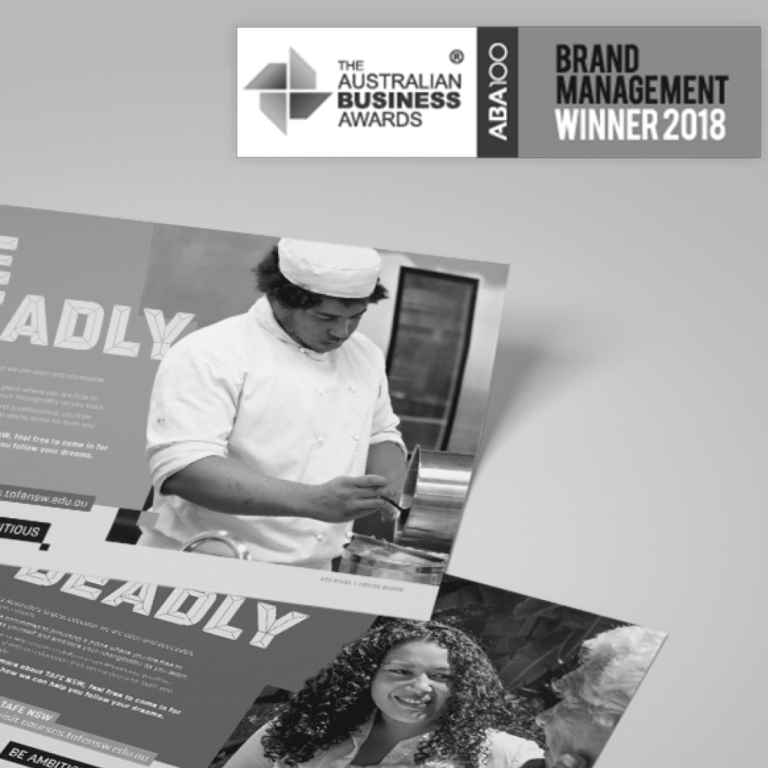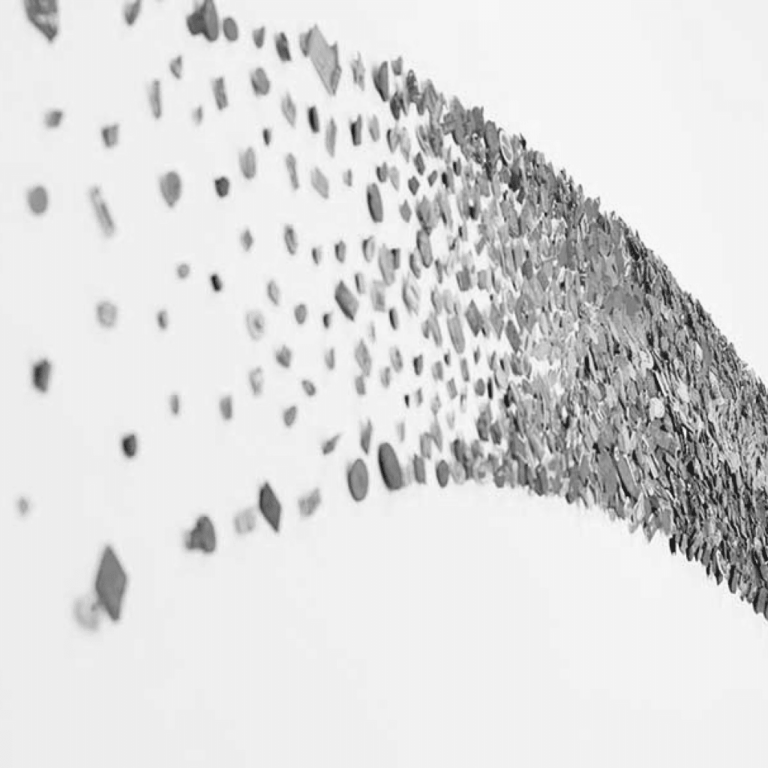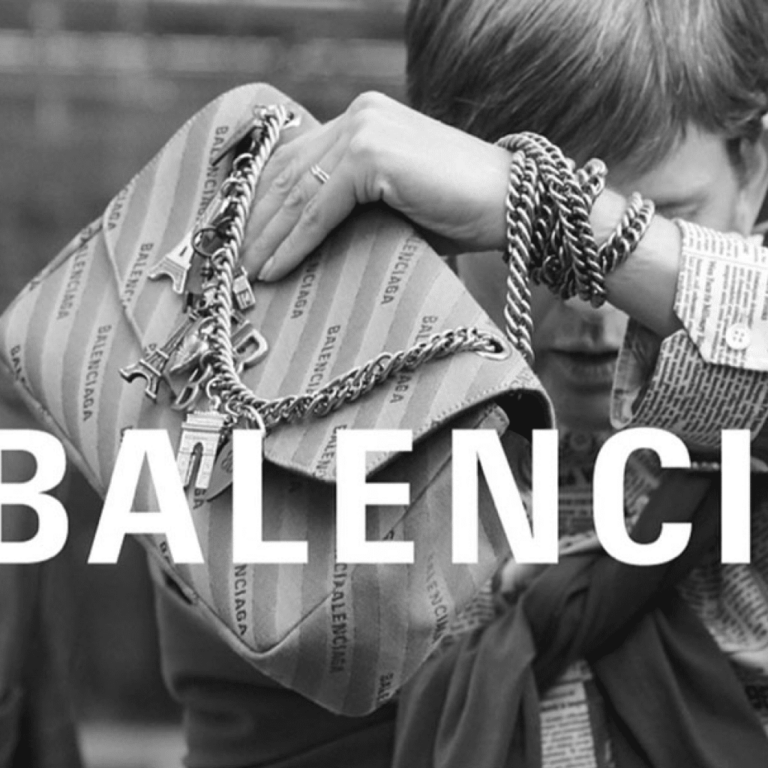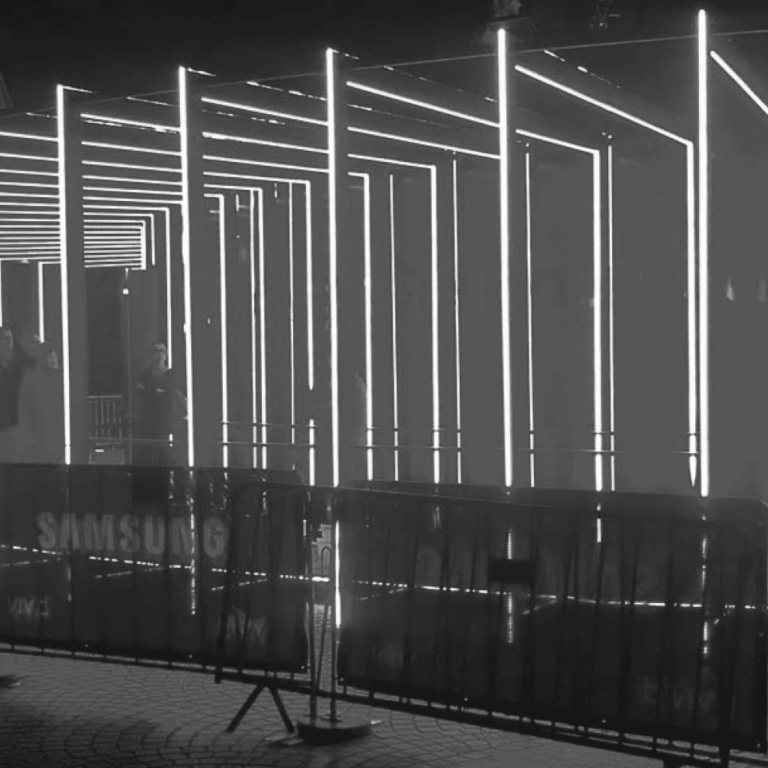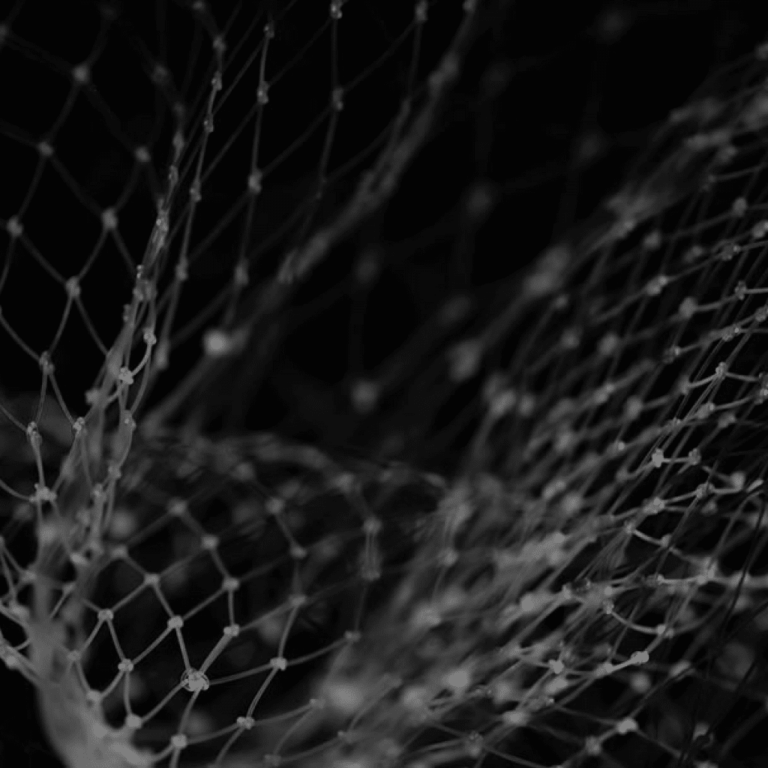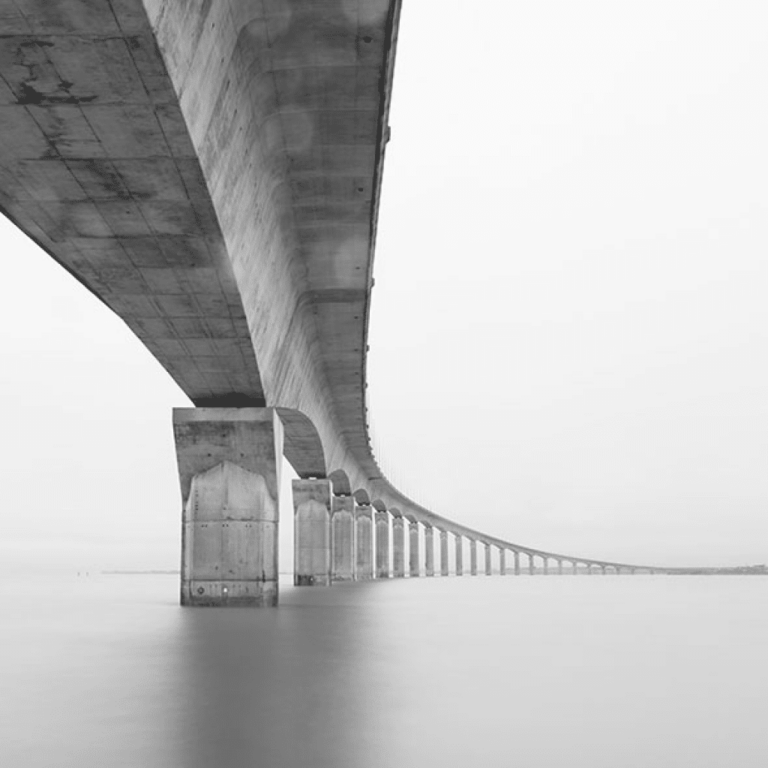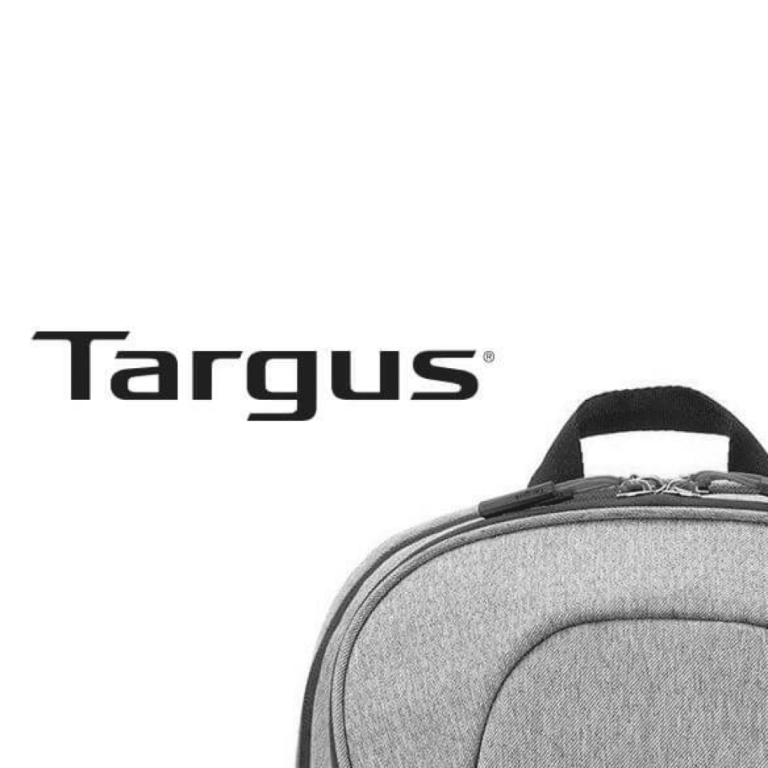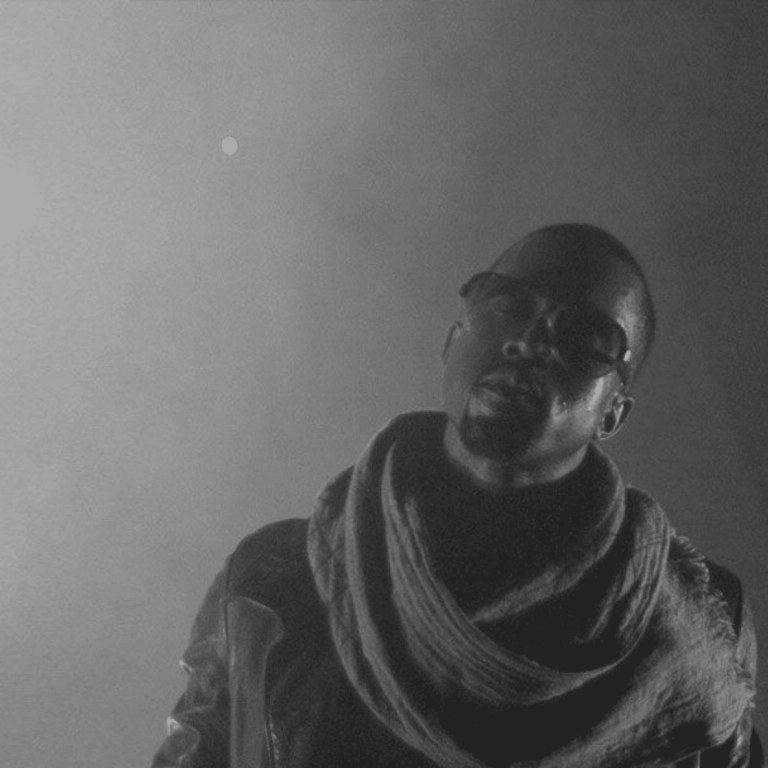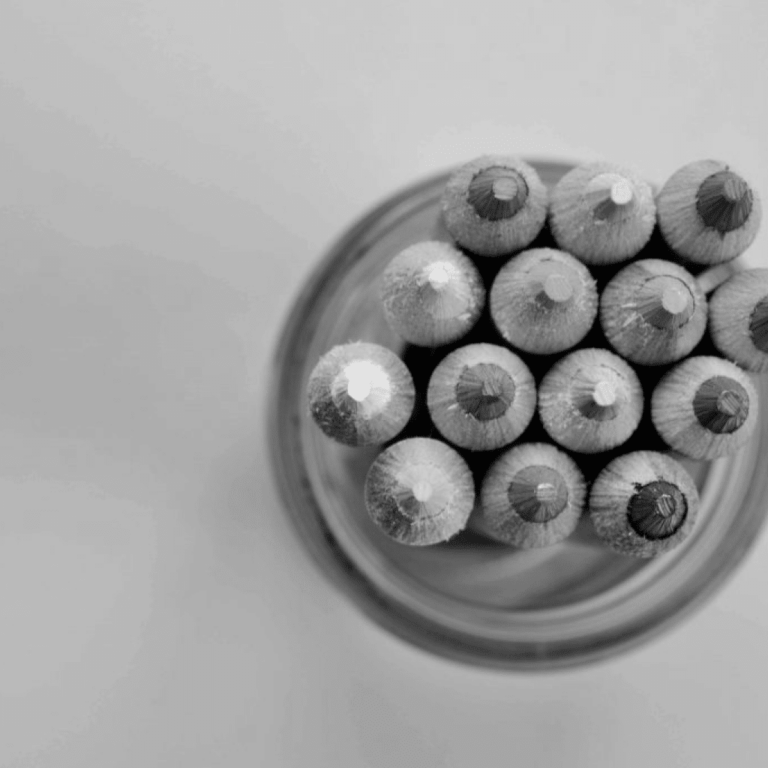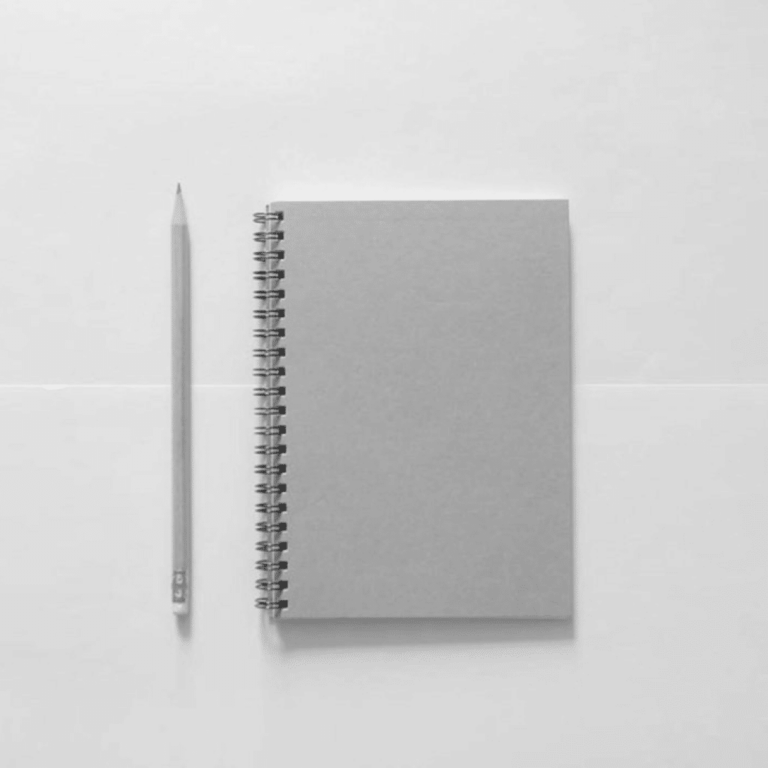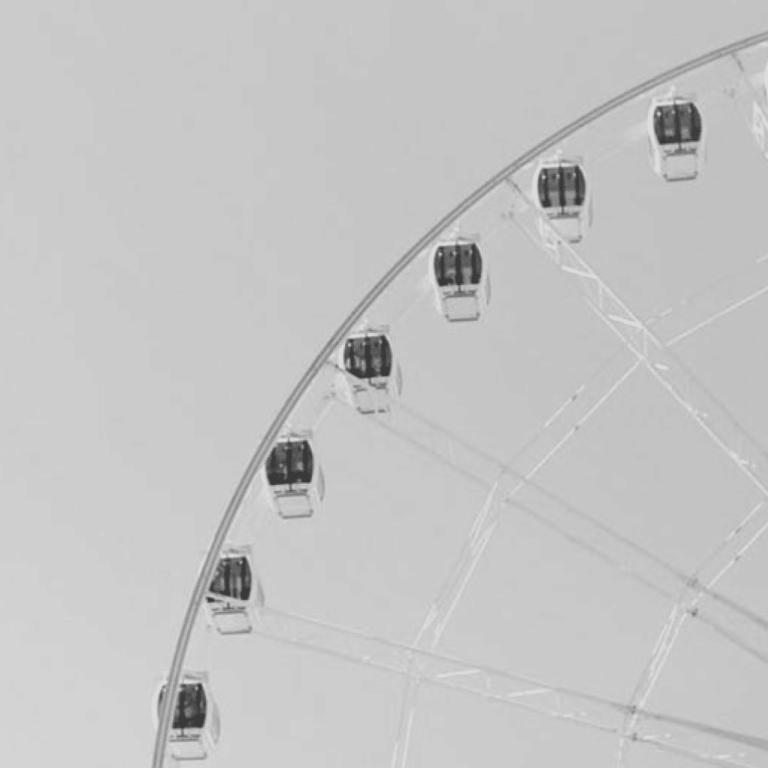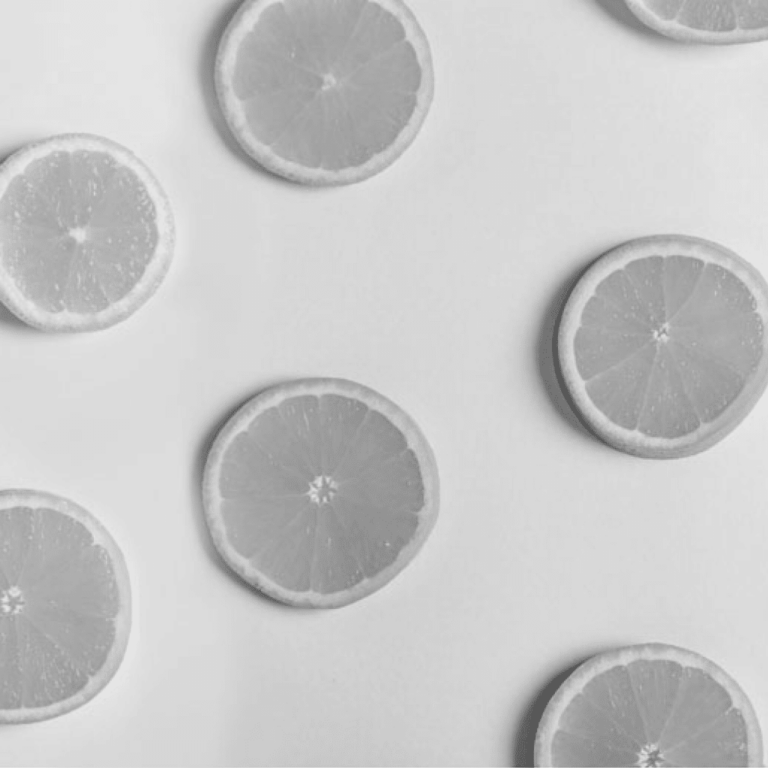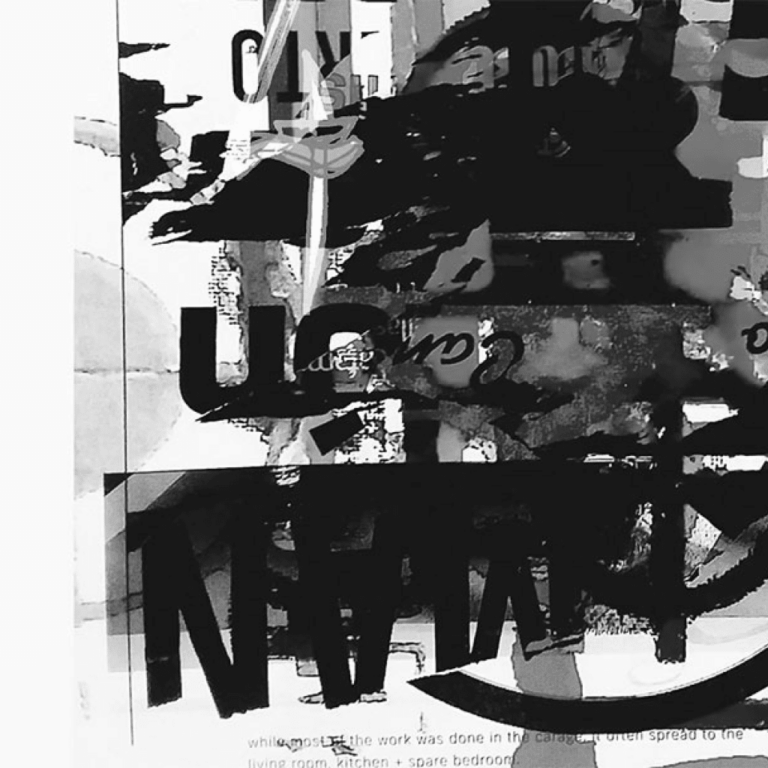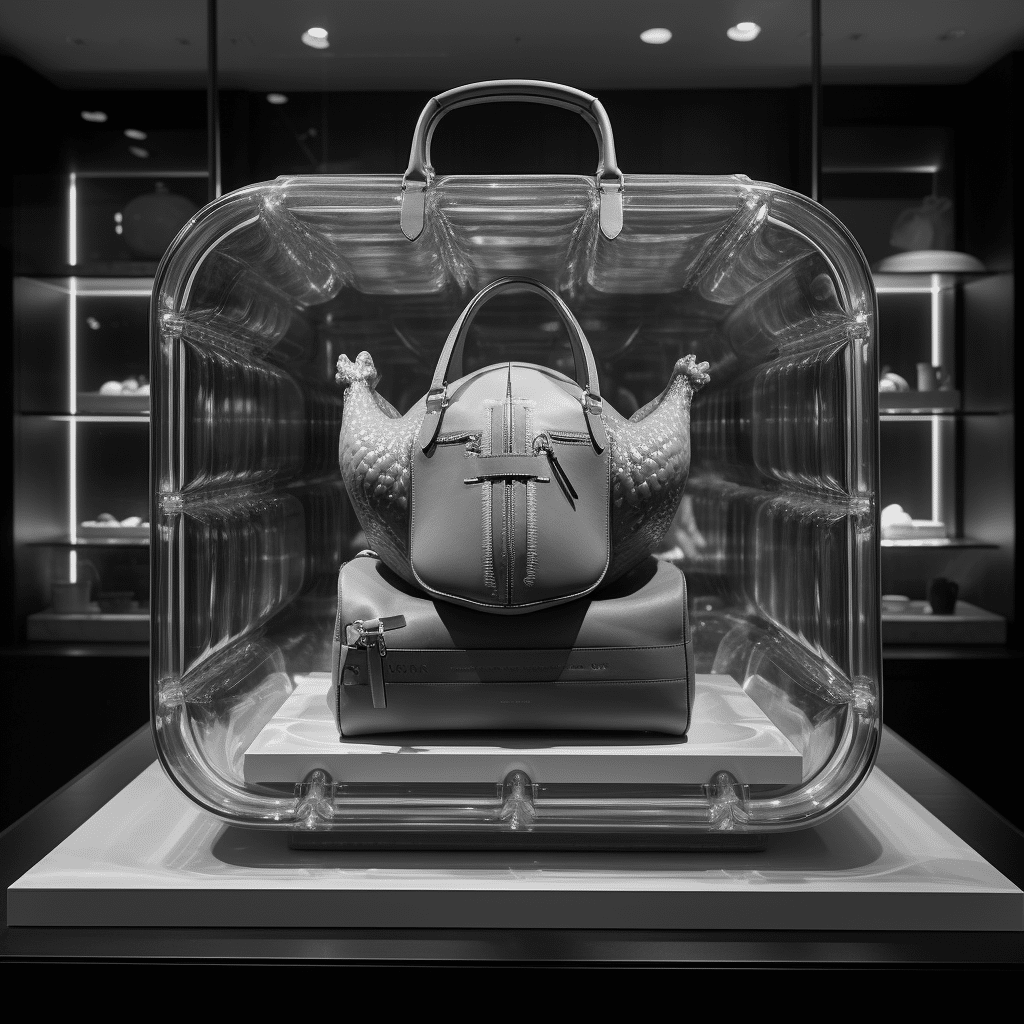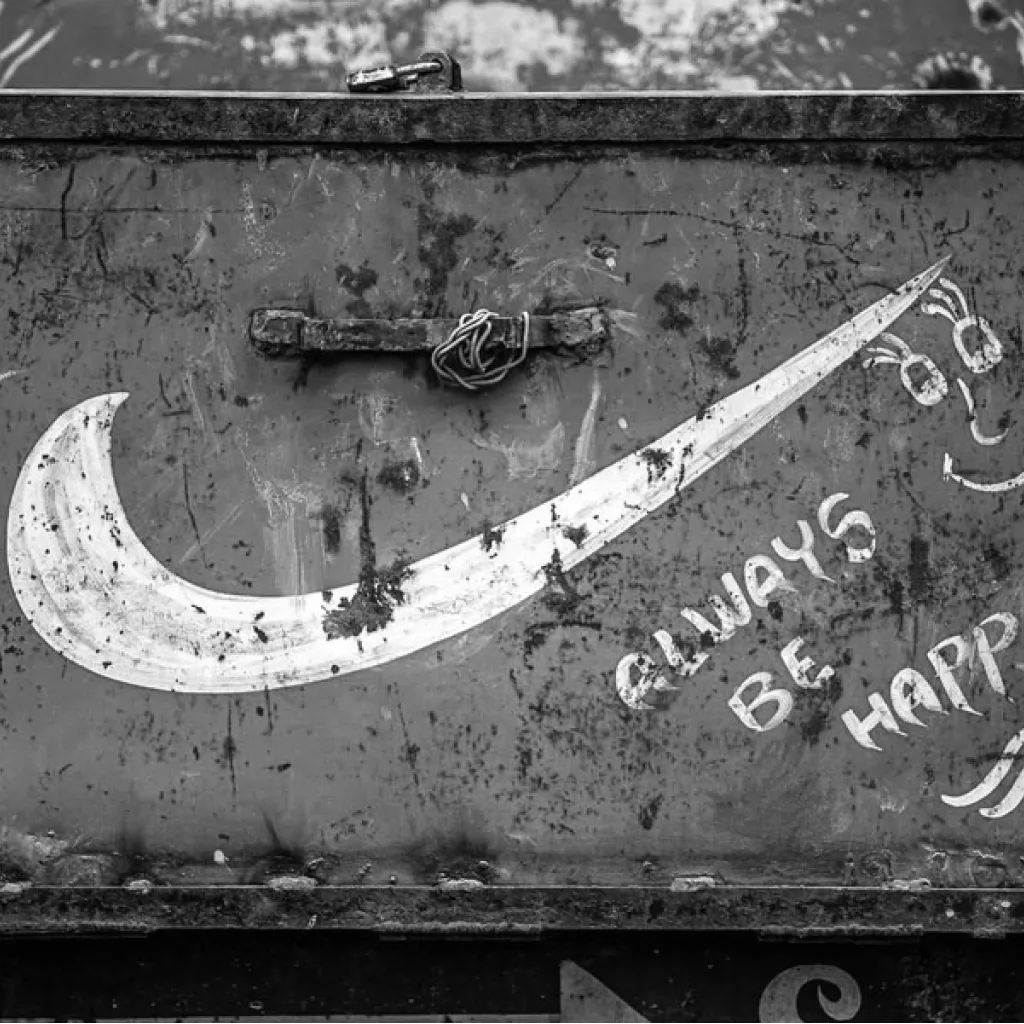INSIGHTS / CREATIVE & PHILOSOPHY
Through the Fragments of Light
DAN RATNER on 31/07/2024 | Photography by Dan Ratner aka @streetscaping
People, by definition, are creative; it’s how we solve problems, and learning is something that never ends. As Sir Ken Robinson said, “It’s not a question of if you are creative, but how you are creative.”
To me it’s always been about finding purpose in what you do. An expression of observation, seeing the extraordinary in the ordinary; you just have to have your eyes wide open to see it.
Recently, I had the opportunity to do a Q&A with Perry from @streetsaustralia to talk about my photography. It gave me a platform to explain and describe how this artform has become a deeply personal outlet for my creative expression.
I thought it would be worthwhile to share the transcript because it offers a glimpse into the work and the motivations behind it. Here’s a peek into our conversation:
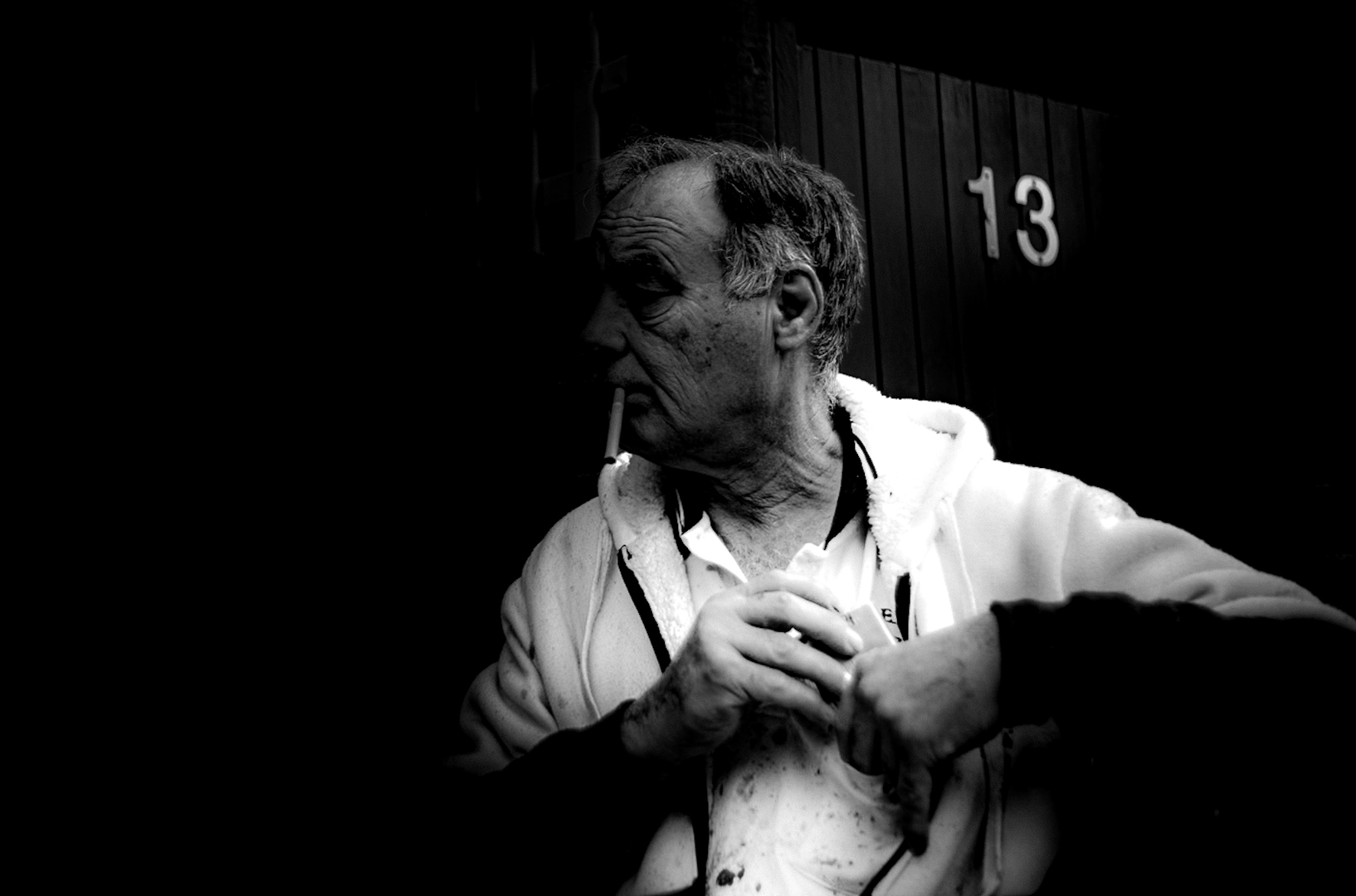

Q: Who are you? Tell us about yourself.
A: Hey Perry, I’m Dan Ratner. By day, I run a branding agency in Sydney where we are constantly immersed in commercial design and brand strategy. Photography serves as a massive outlet for me, a departure from my everyday work into a space where spontaneity and pure emotion take precedence over strategy, rationale and logic.
Q: What’s your favourite style of photography?
A: I love storytelling and narrative. So I can’t confine myself to just one style of photography. It’s all about how the image evokes a feeling, whether it’s a street photograph, a highly detailed portrait, a landscape, pure minimalism or even abstraction – its all about how it makes you feel and respond.
Q: Why do you shoot street?
A: I shoot on the street because it offers endless opportunities for storytelling. My aim is not to document; it’s for personal art expression, to evoke feeling and narrative. I’ll take a camera everywhere, so that I can spontaneously capture what I see. Then find myself anticipating the results. Getting great pleasure from seeing how what I’ve seen through y eyes is represented on the camera.
Every moment and every person has a story, and capturing that moment in an image bottles up a piece of time. It blows me away how something so momentary can contain so much. I love discovering new details in photos I’ve taken previously, those little surprises hidden in the mundane.
Q: What do you specifically look for when shooting street as you seem to have a mix of B&W and color?
A: I always shoot with three elements in mind: Light, Context, and Subject. Light is life, context provides texture, and the subject adds interest. These elements form the foundation of a good image.
In black and white, I focus on light and contrast before composition, texture, and form. The interplay between light and dark drives mood and feeling. It’s a wonderful medium to strip out the colour to bring drama through light and dark, forcing the viewer’s mind to fill in the blanks – I love that, it elevates an image with intrigue through imagination.
For colour photography, I aim to embellish contrast with the vibrancy and mood that colour can convey. The exciting thing about colour is the palette. It’s almost like applying cinematic theory but in real life. You can explore how certain colors work together (or not) to elevate an image. Recently, I explored blues, teals, and oranges, seeing these colors interacting in a natural or urban environment. We spend a lot of time building out colour palettes for brand identities, so applying the same thinking in the real world is great fun.
So, colour for palette and cinematography, black and white for contrast and imagination. Both help story-tell, but in uniquely different ways.
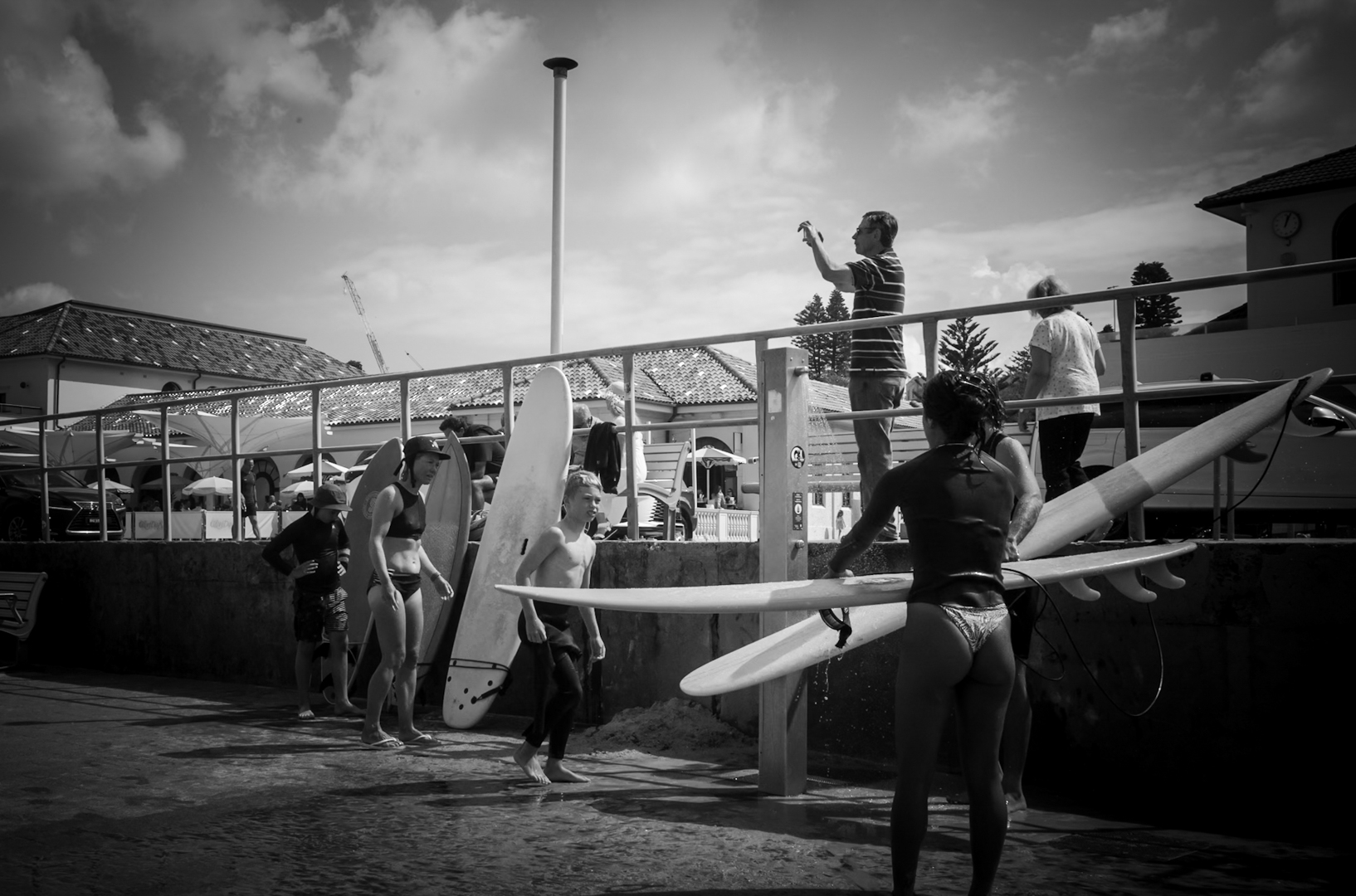

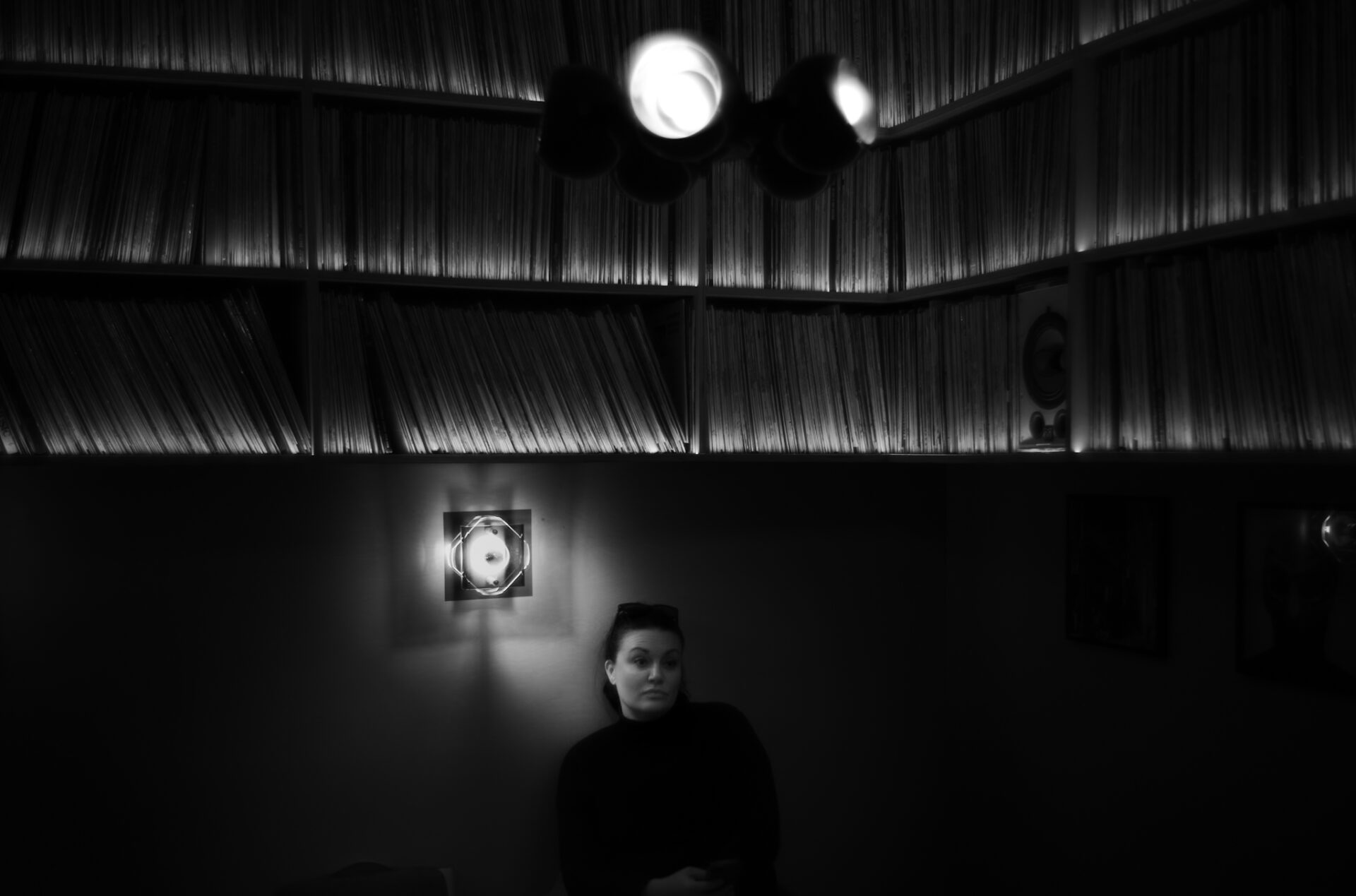

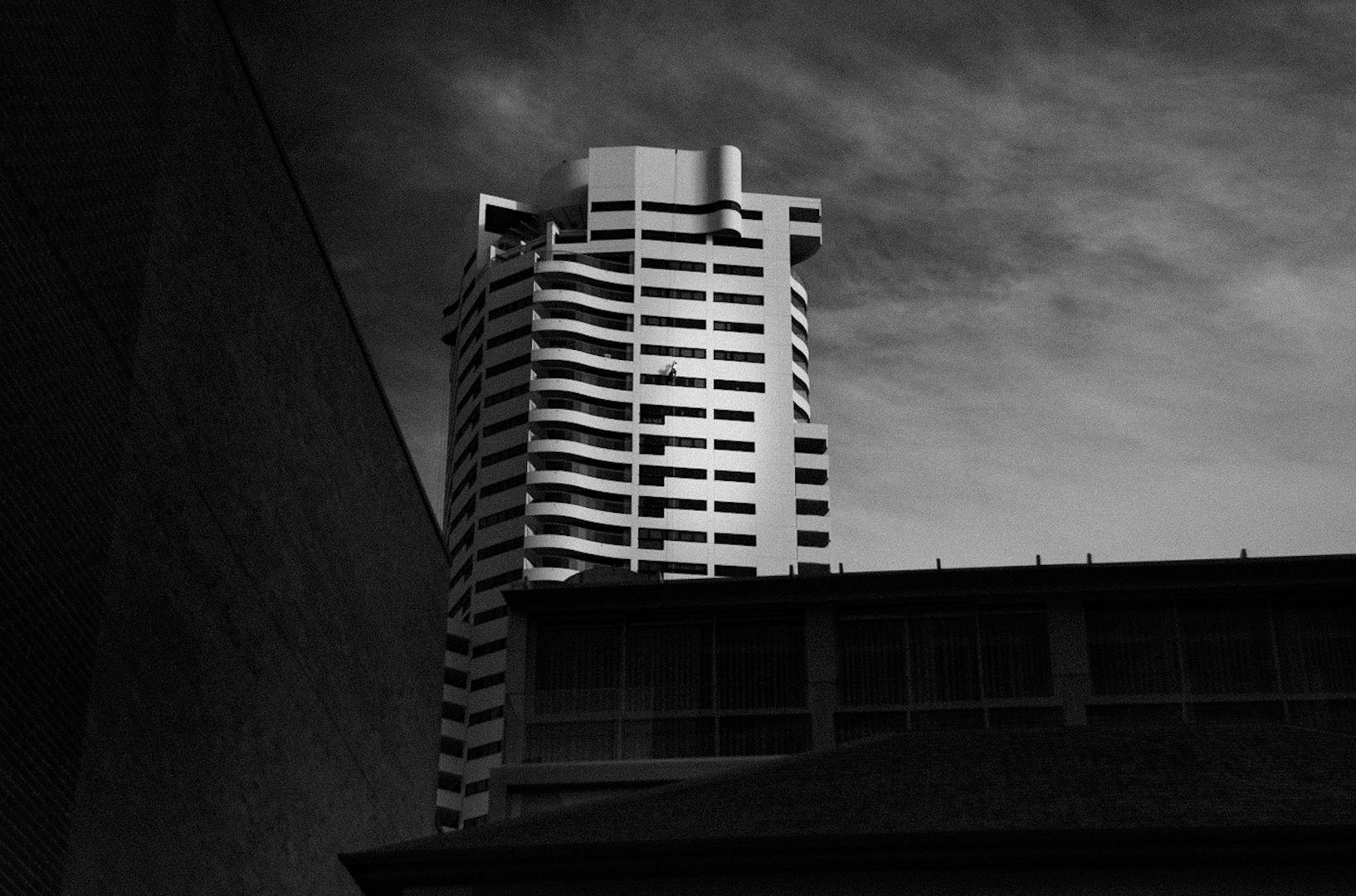

Q: What inspires you?
A: Storytelling inspires me. Painters, writers, and other art forms also inspire me. I read a lot, delve into photo books, film, and art. I also experiment with vintage lenses and odd techniques to see how they capture unique effects and moods. I love a good technical failure because it often leads to something unique and special.
For photographers, it’s the usual suspects (Aussie photographers) like Trent Parke and Knox Bertie, they inspire me with their black-and-white surreal street narratives. I admire how they embrace technical failure to create uniqueness in their work.
But inspiration is also found in traditional art. For example, I’ve always loved Louise Hearman’s paintings. So I experimented with how photography could evoke a similar sense of unease. The incompleteness of her work forces your imagination to fill in the gaps. I tried this in my photography by reverse etching daylight into night, and it works quite well. More recently, I went to Narelle Autio’s exhibition and was blown away by her dynamic use of light, bold colour and subject.
Inspiration can be found everywhere, and it’s a discipline to have your eyes wide open all the time to see it.
Q: Where are you in a year’s time?
A: I’ve recently returned to photography to reestablish my creative purpose. It gives me an outlet to step away from commercial work into something deeply spontaneous and right-brained. I see my photography constantly evolving through exploration and experimentation. I fear typecasting, so I’ll strive to avoid being stuck in a particular style. The idea is to shoot what you see, through how you see it – a fluid process that should be constantly evolving. Therefore it will be interesting to see where this lands in 12 months.
Q: What is your favorite song, music genre, or band for the accompanying music?
A: Music is important to accompany an image, especially on Instagram. I enjoy a variety of genres, reflecting the diverse moods of my photography. For instance, you’ll often hear trip-hop, early jazz fusion, and experimental sounds with my shots. These genres help create an immersive atmosphere, enhancing the story behind each image.
Earlier this year, I started posting on Instagram. It’s an interesting platform for storytelling, where each row can be a vignette, stepping through a relationship with images like a never-ending book. Instagram allows me to pair music with imagery, enhancing the story. A fitting track helps the viewer stay engaged longer, appreciating the deeper qualities of the image that might be missed at first glance. However, my goal is to move beyond social platforms, aiming for larger-scale prints or the odd self-published book.
